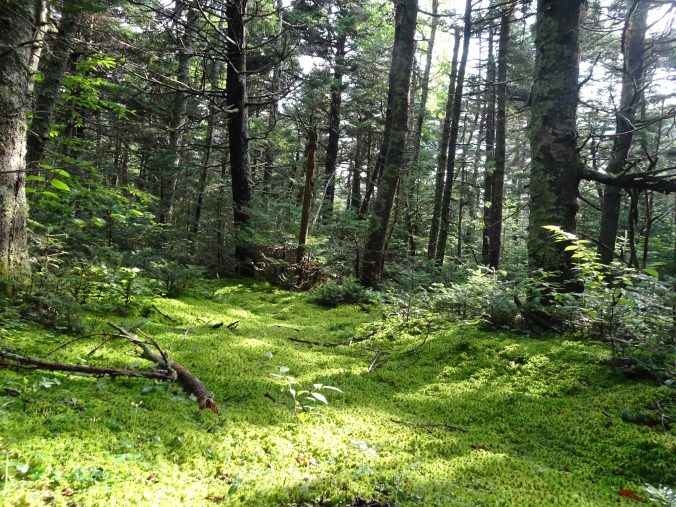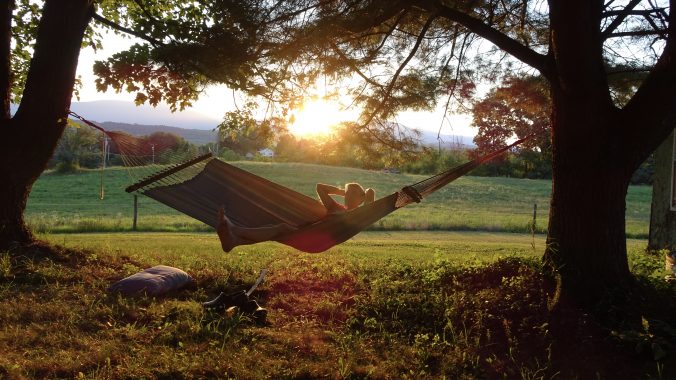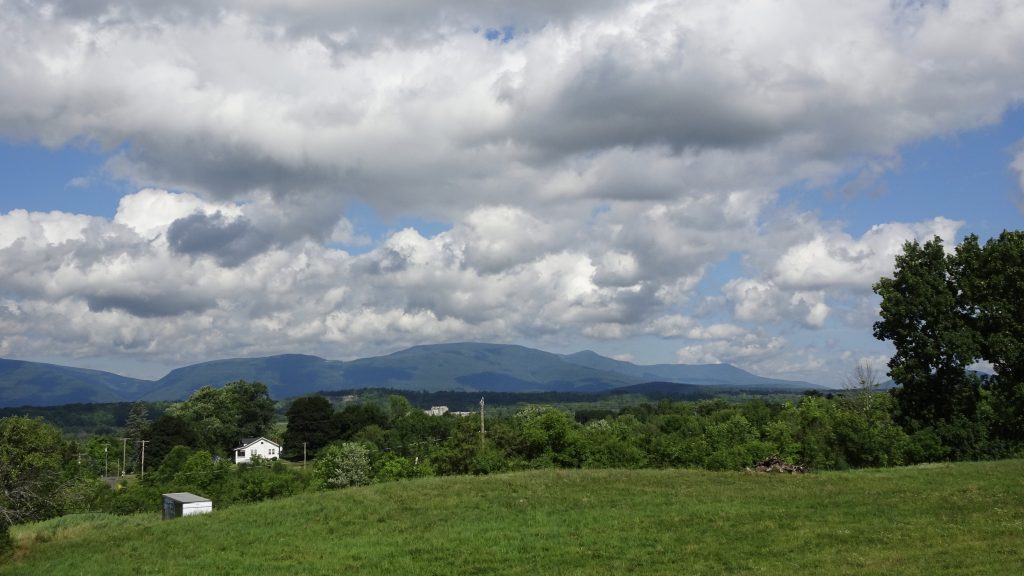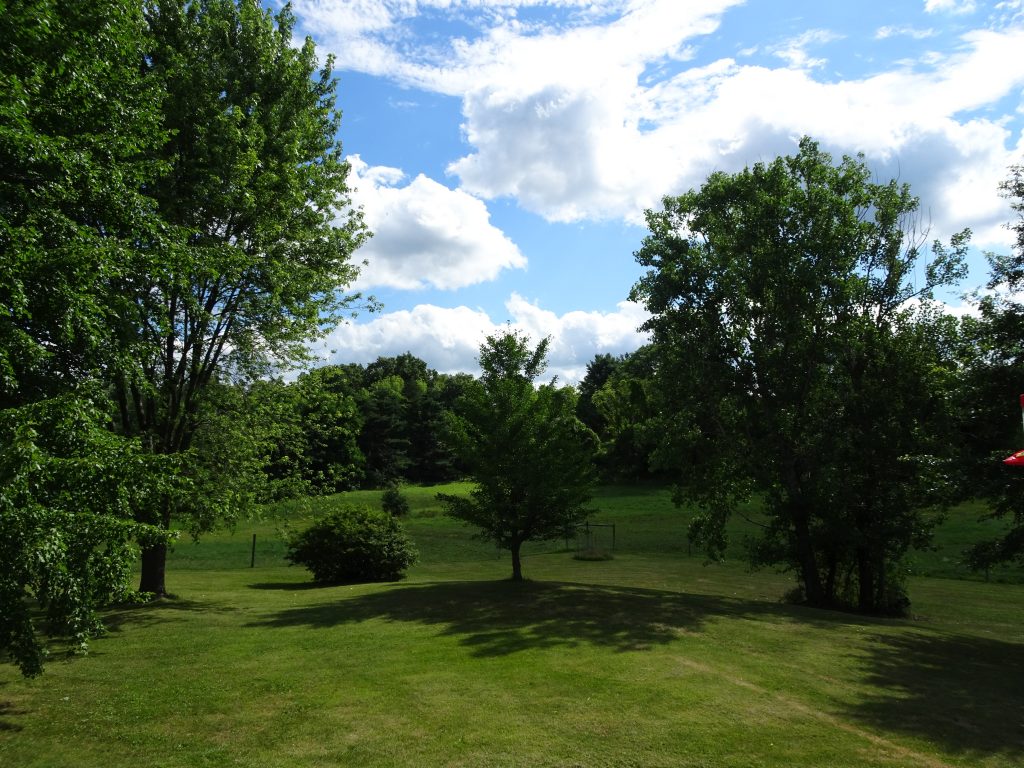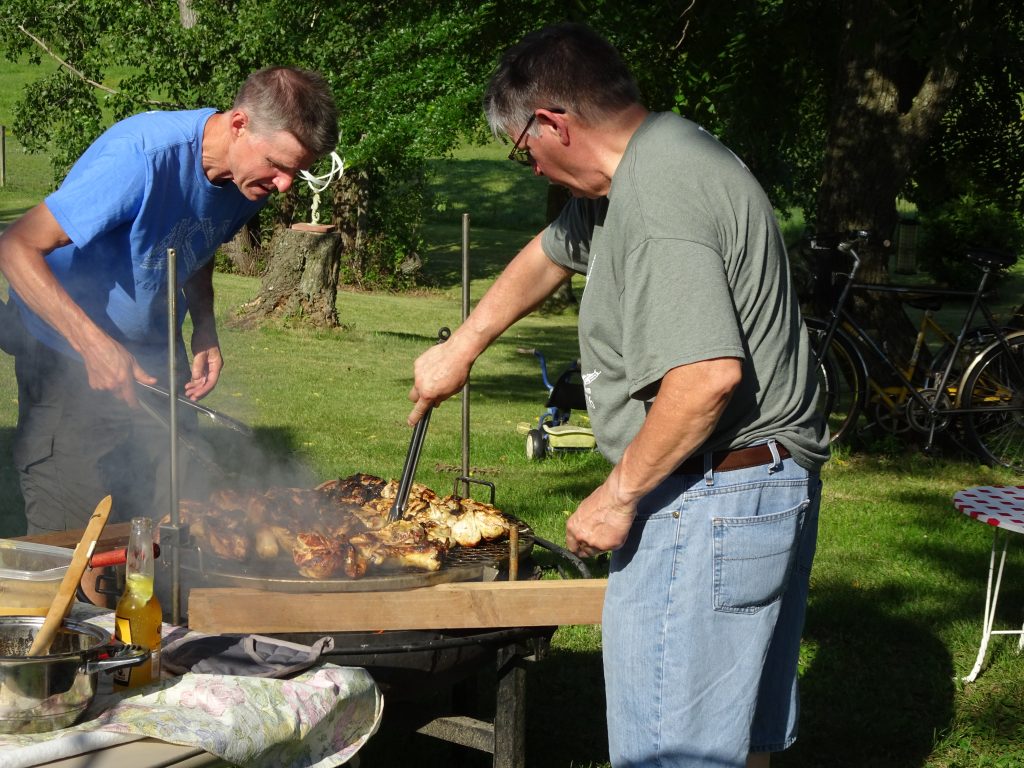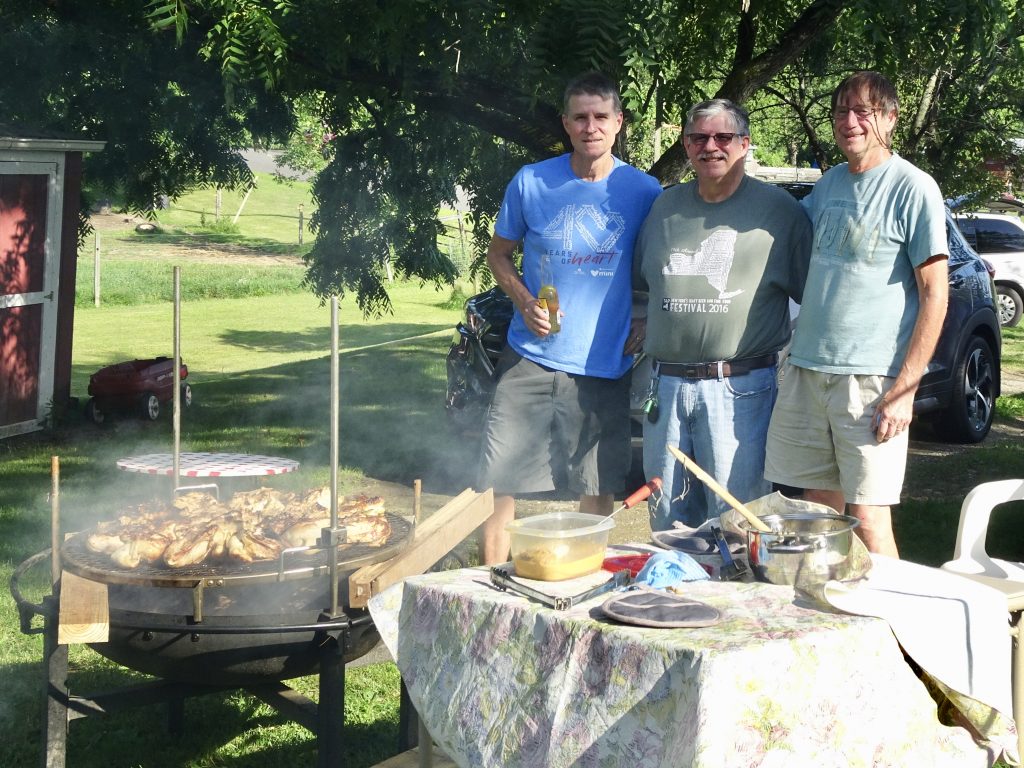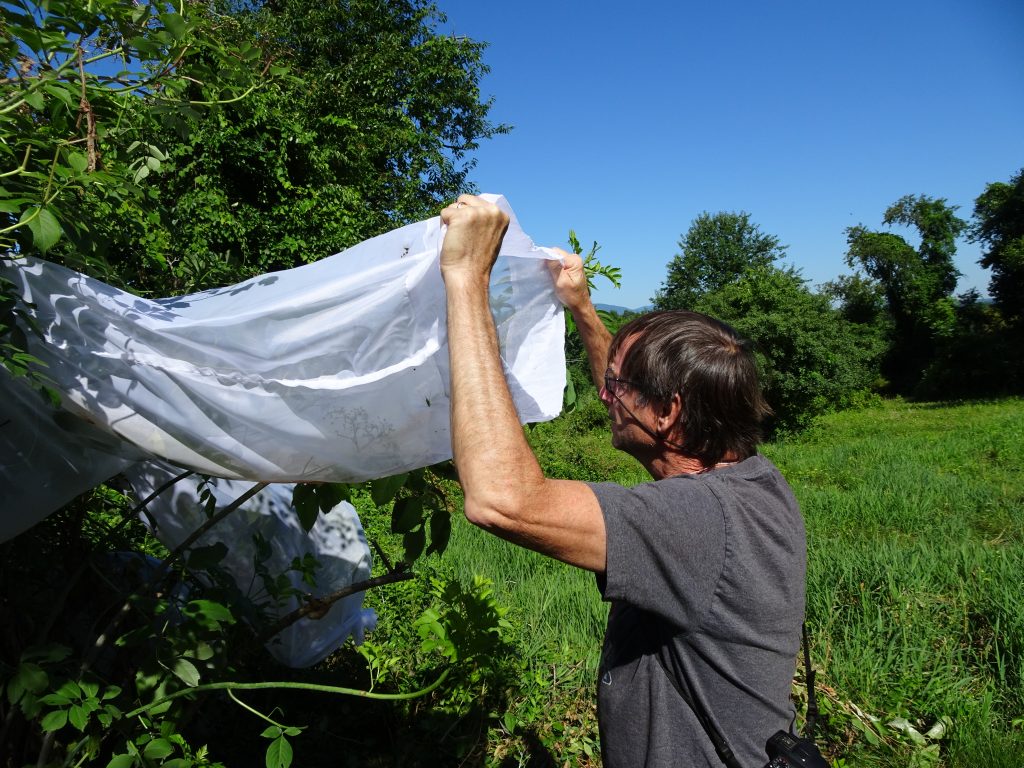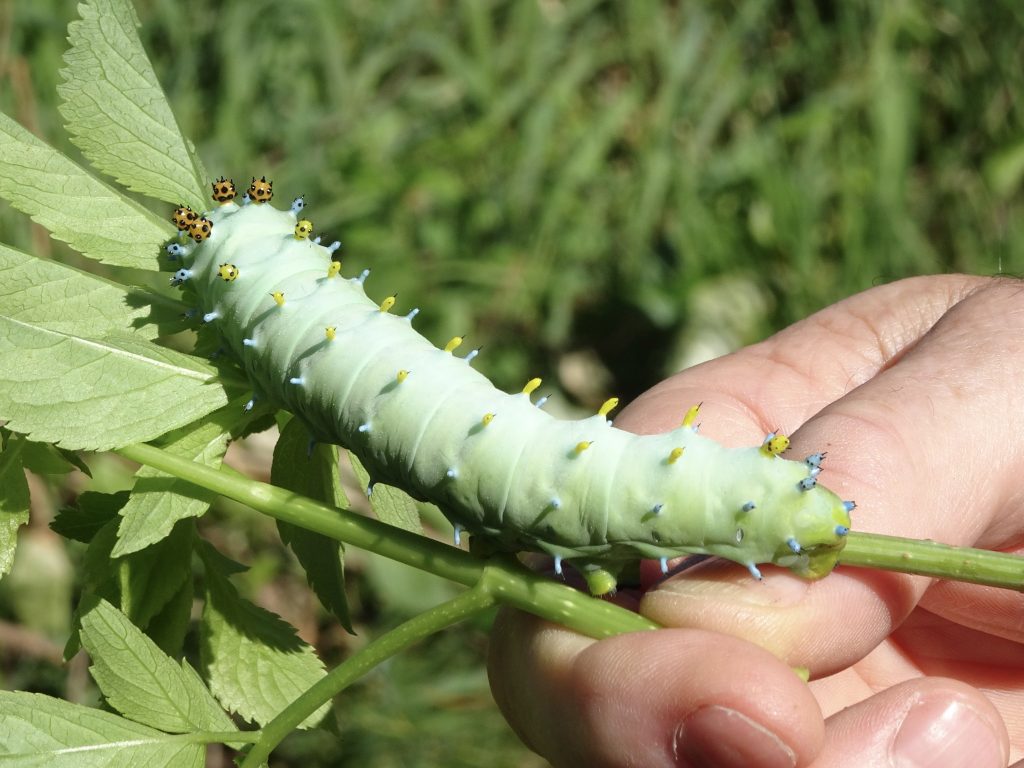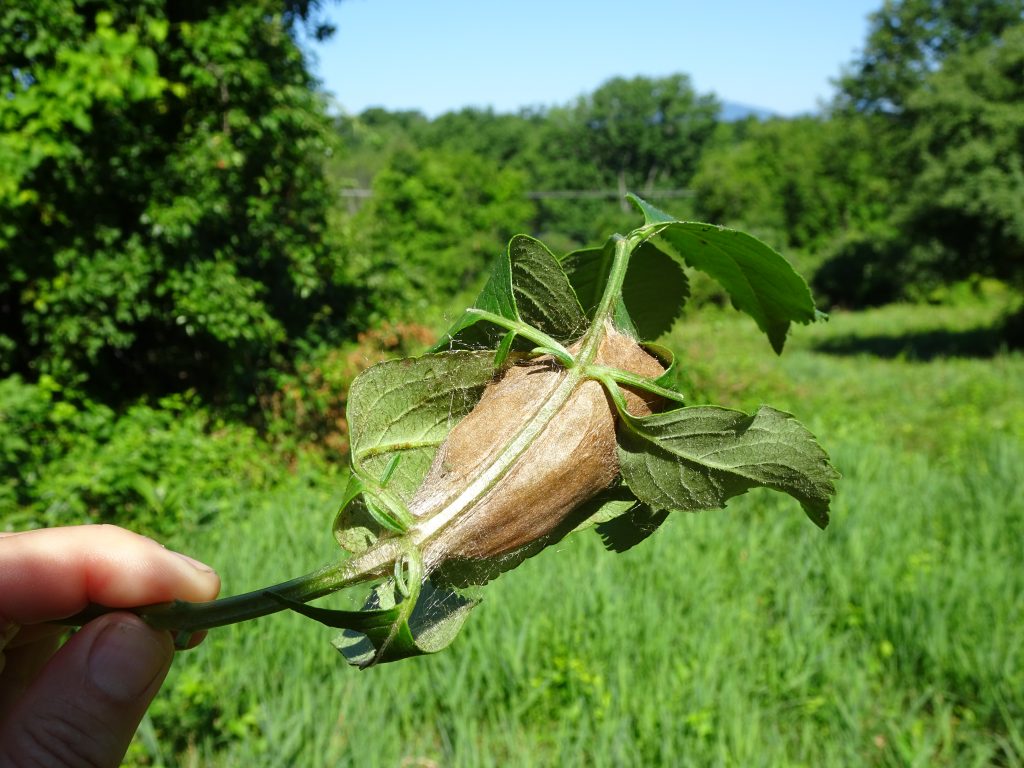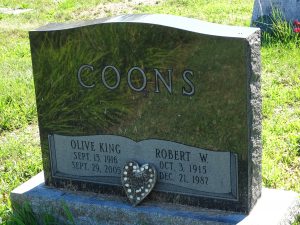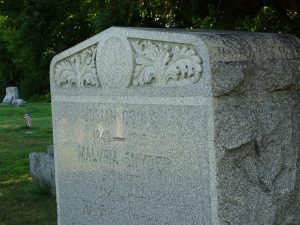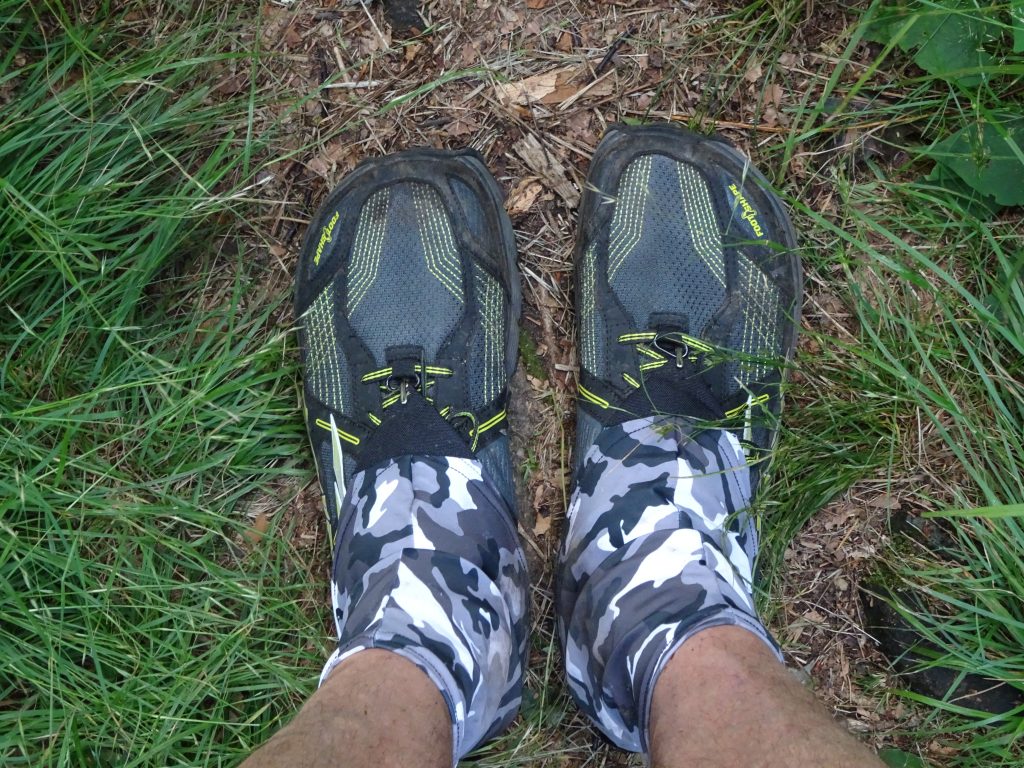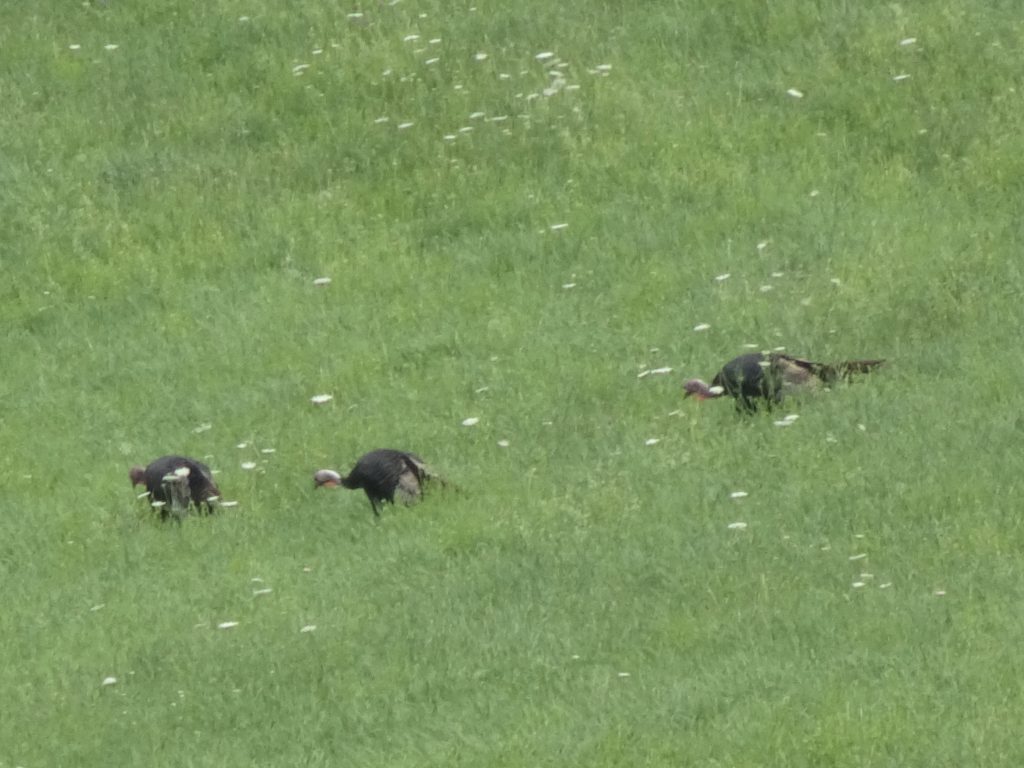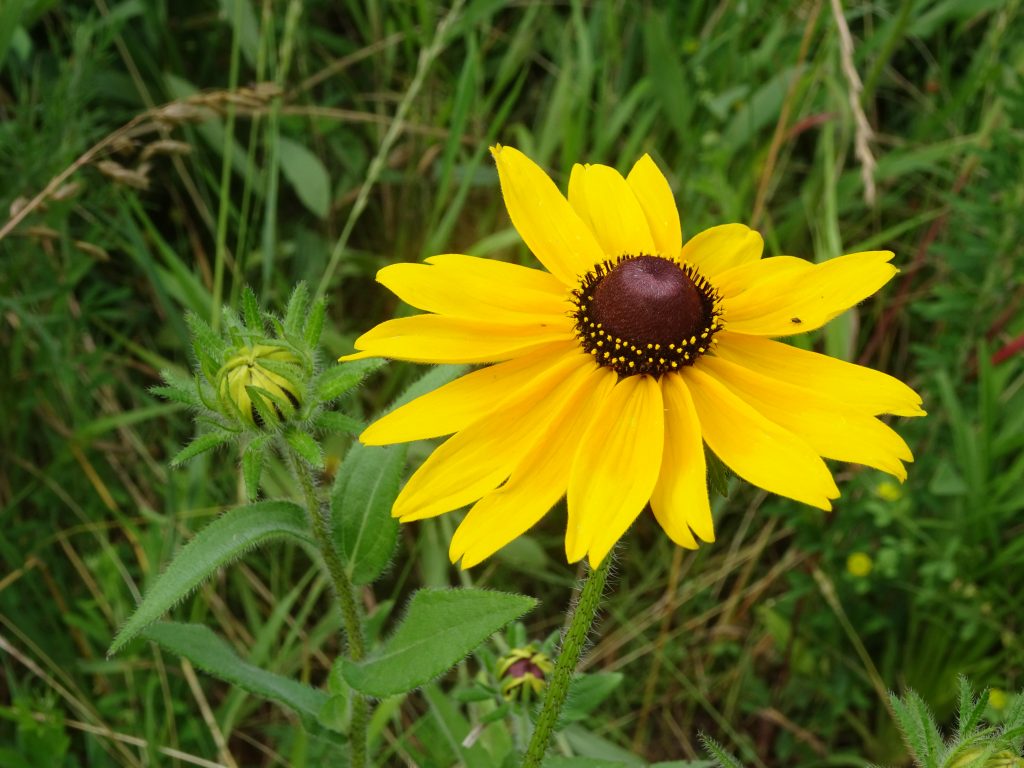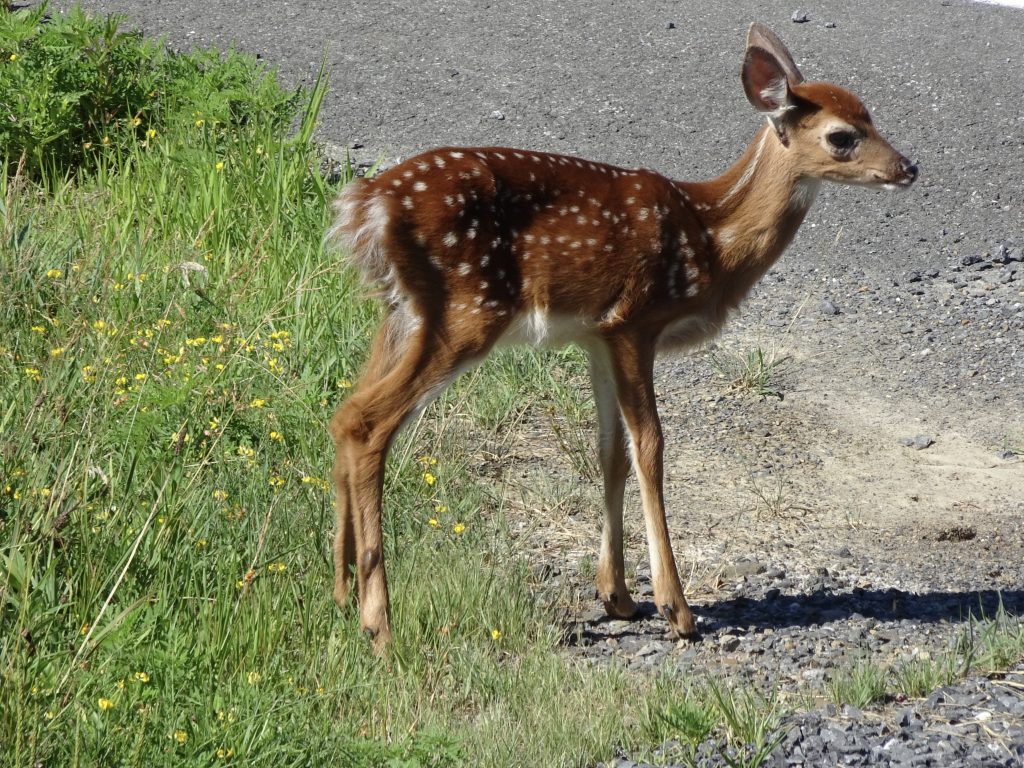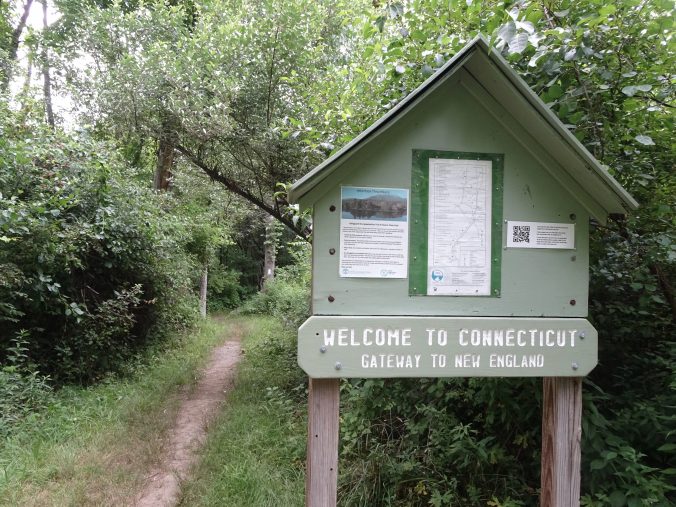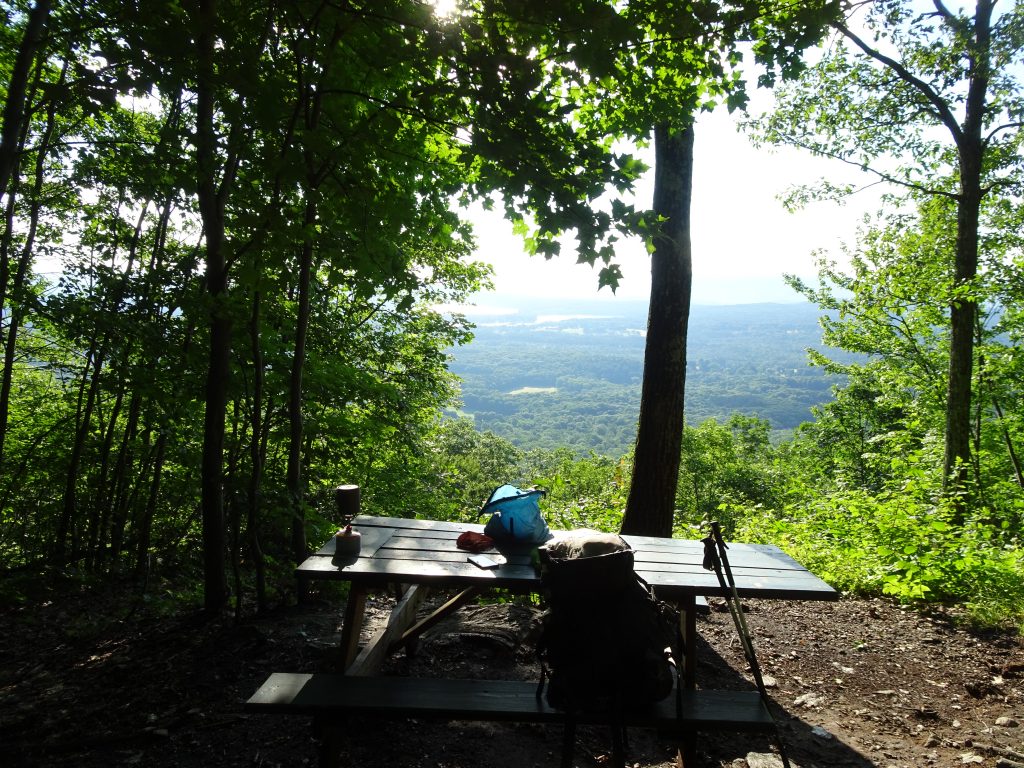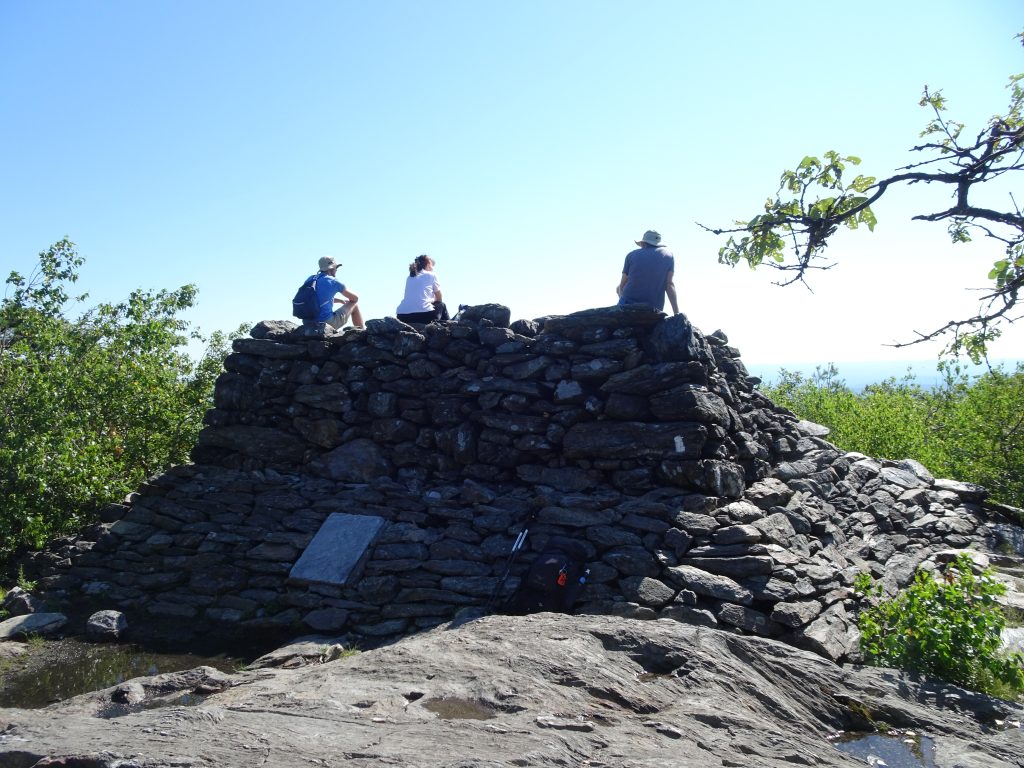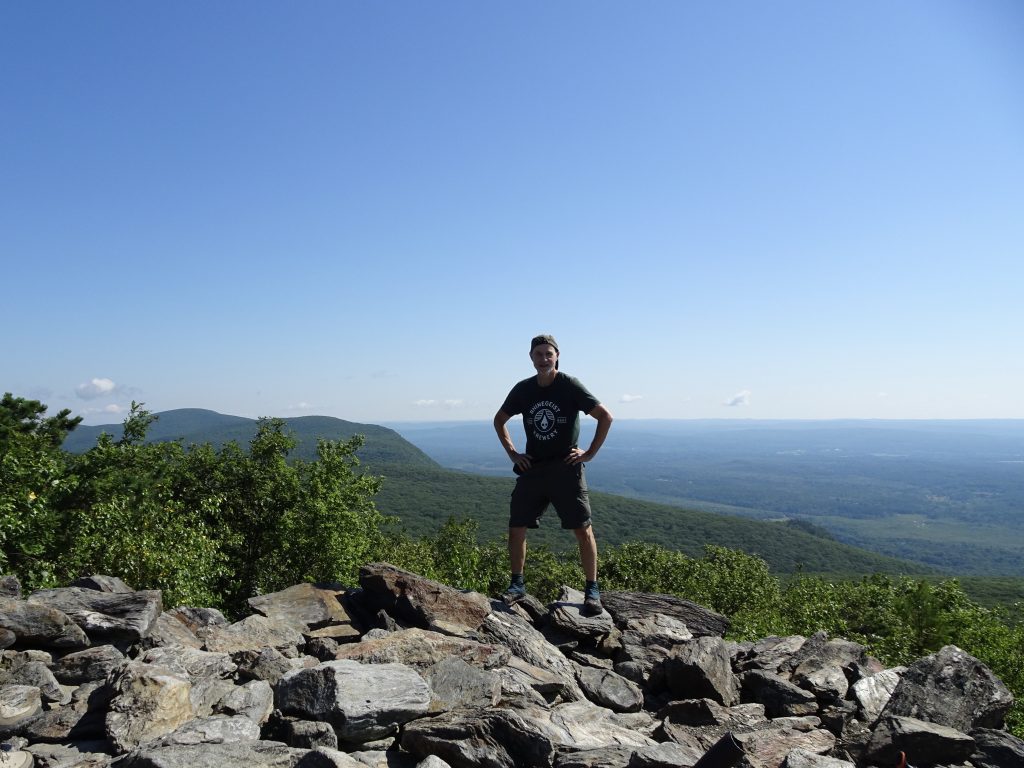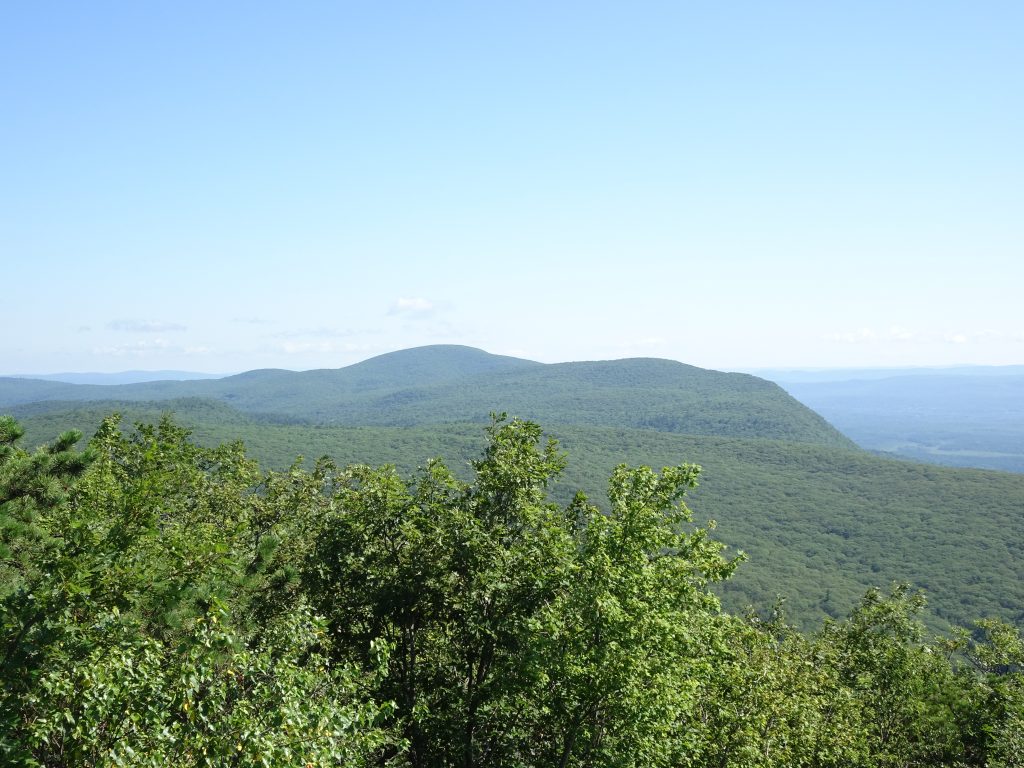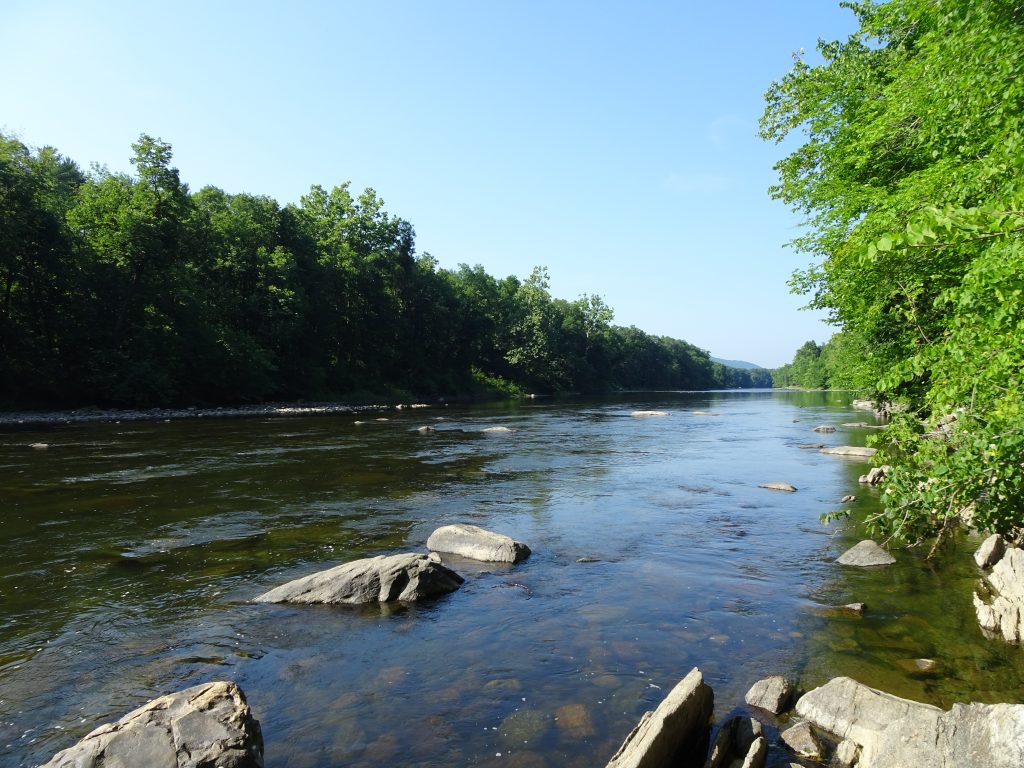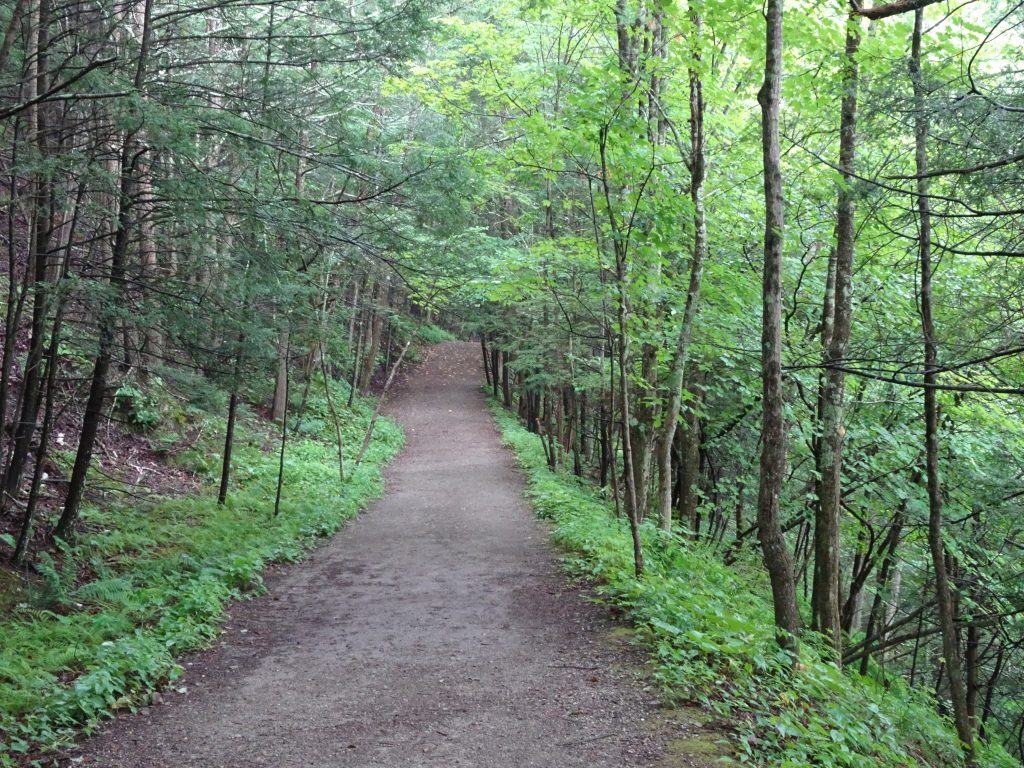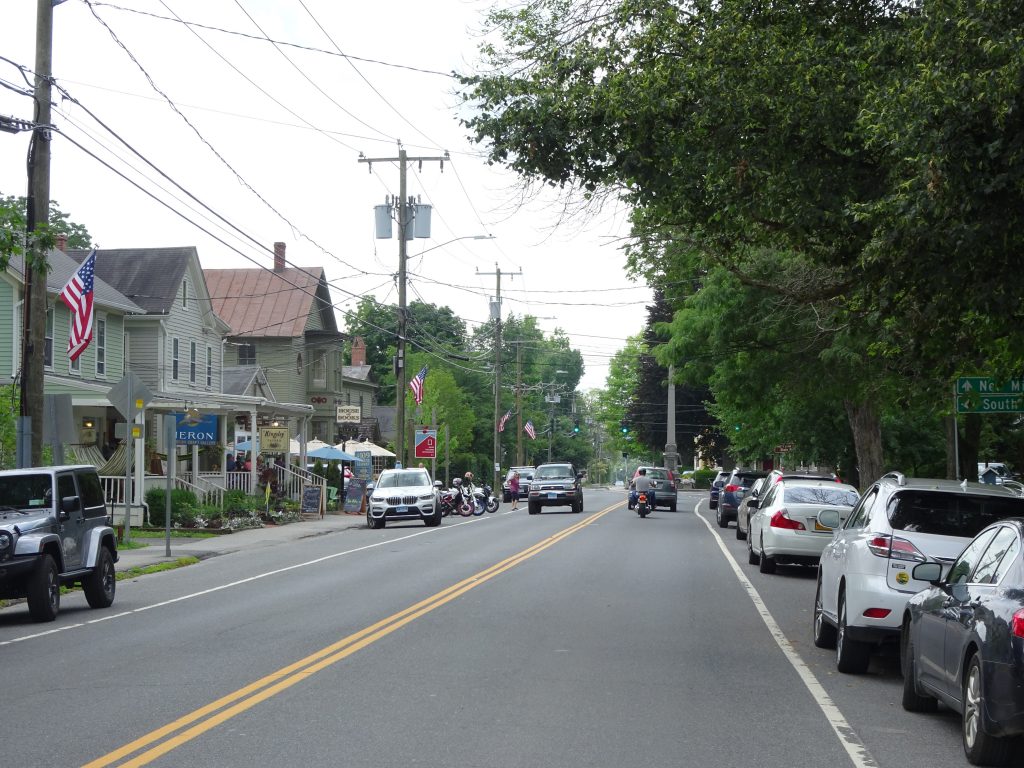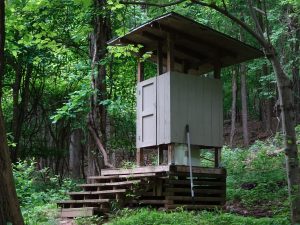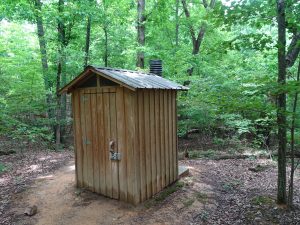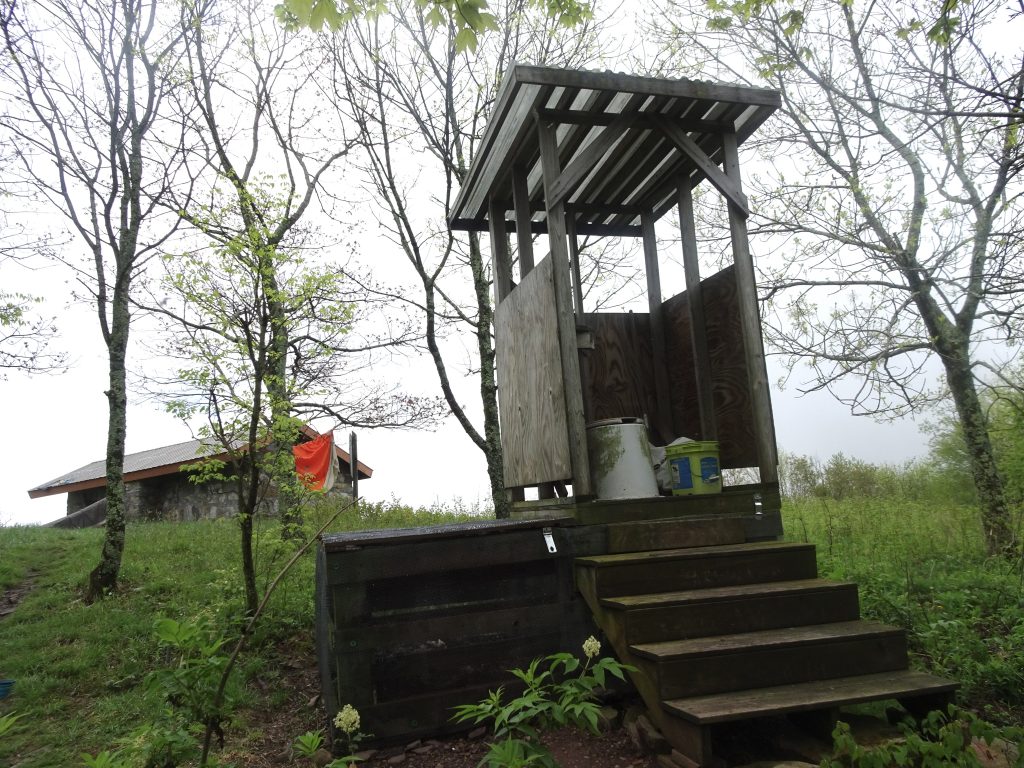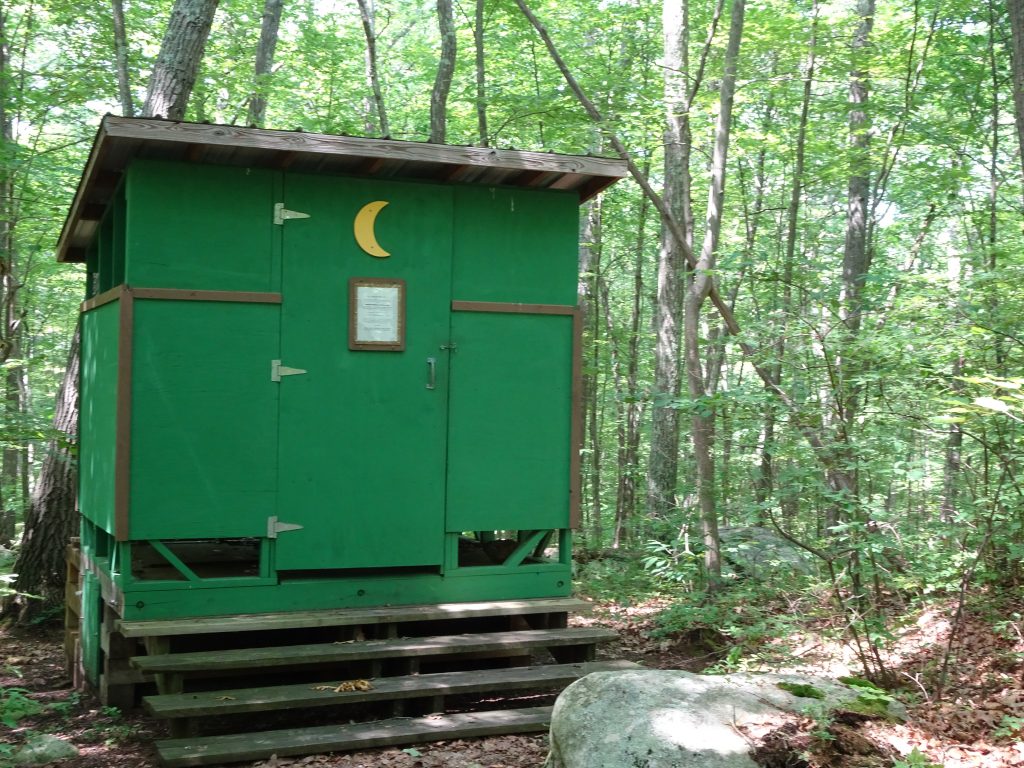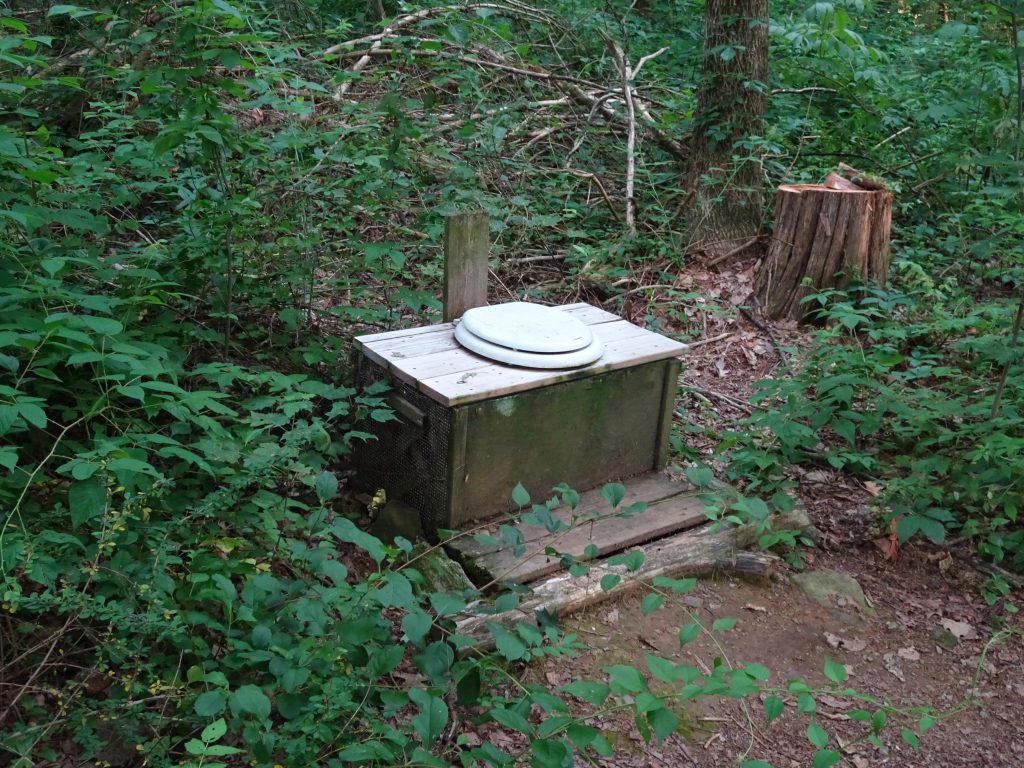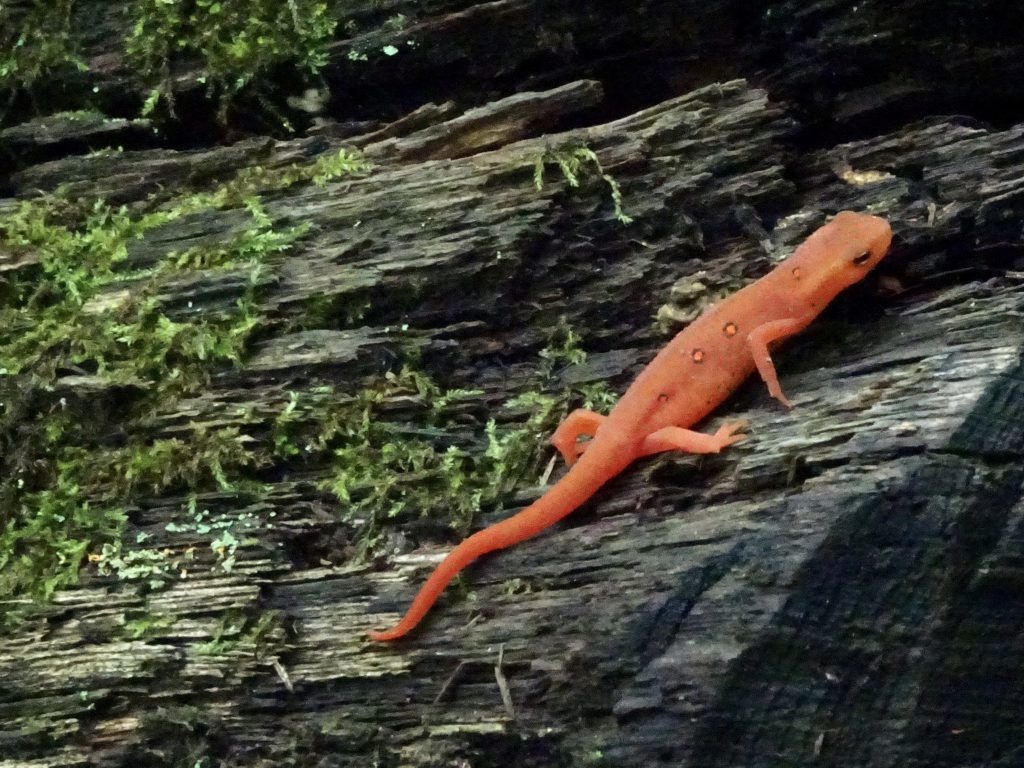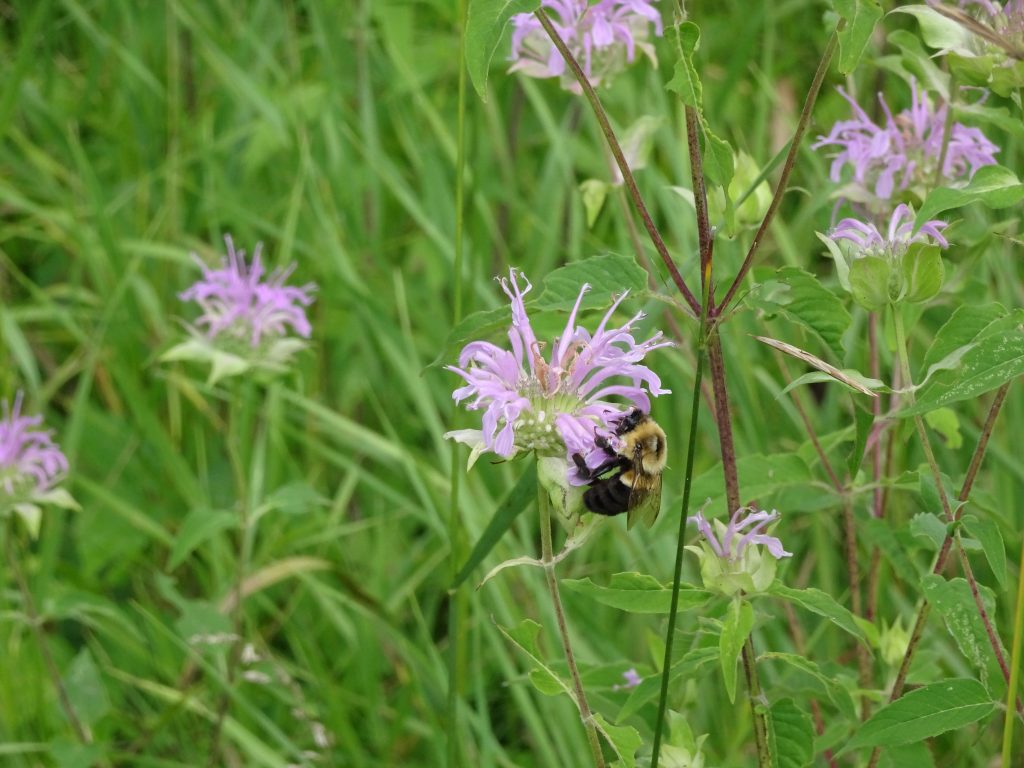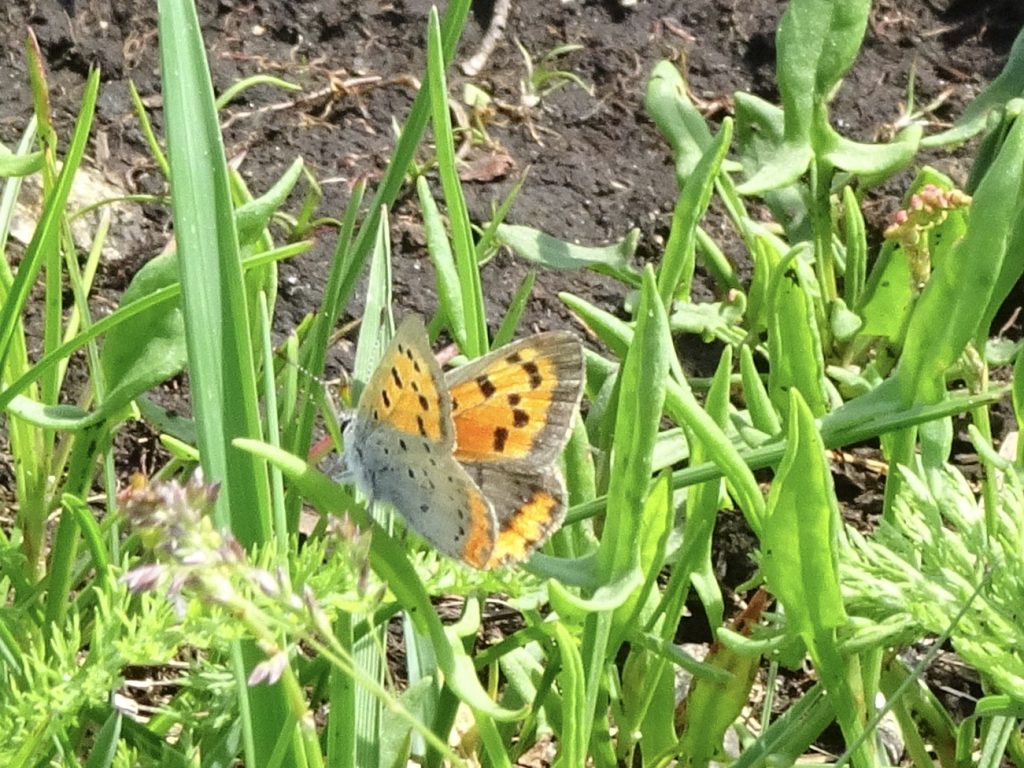The drive up I-91 through Massachusetts takes less than an hour, covering only 55 miles. Back in day, I had made this journey many times while traveling from Hartford Airport to a project site in Brattleboro, Vermont. On foot, it took me six days to cover the 90-mile route taken by the Appalachian Trail.
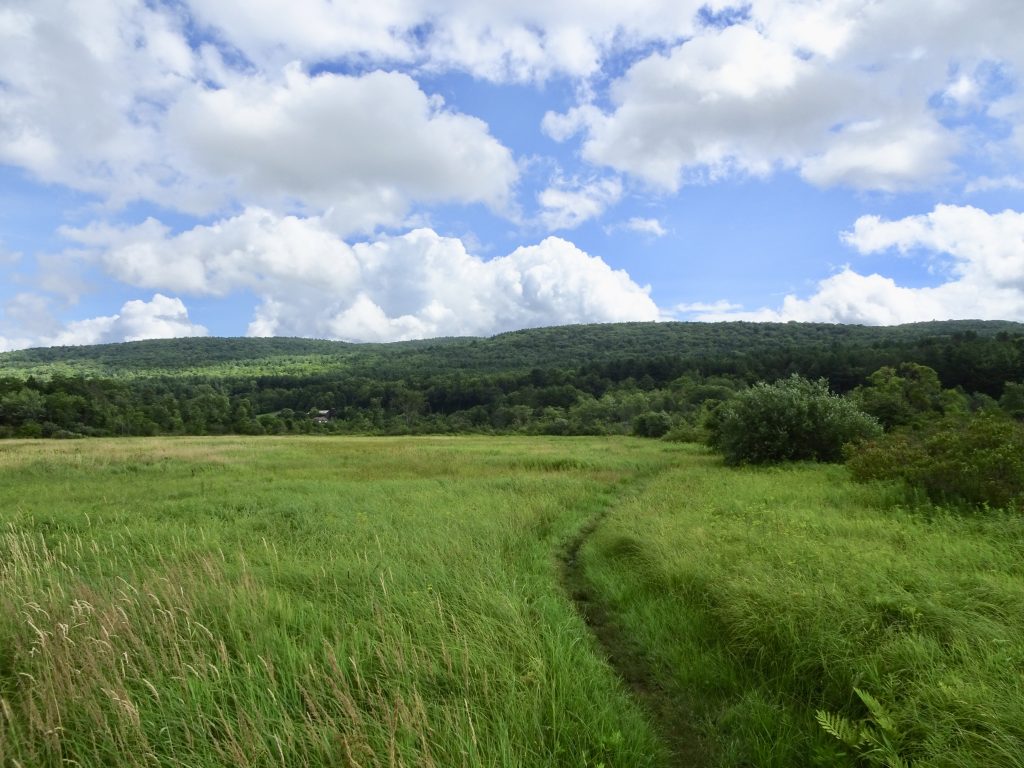
Across the meadow
Massachusetts was a mixtue of mountains, swamps, and charming small towns. Considering that Massachusetts ranks third in population density, I was surprised to find the terrain so wild and green.
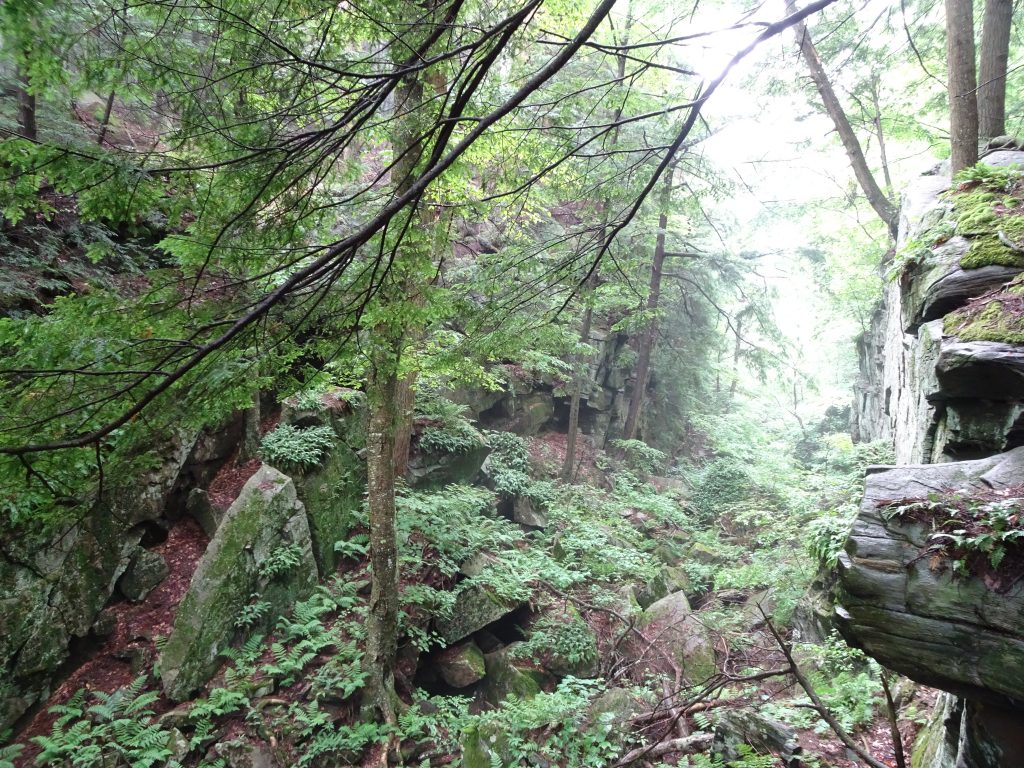
Shallow gorge
The Massachusetts high country is dotted with numerous ponds and swamps. Nearly all of the ponds are the work of the beavers who have transformed marshland into open water. It is hard to image how different the landscape would be without the beavers.
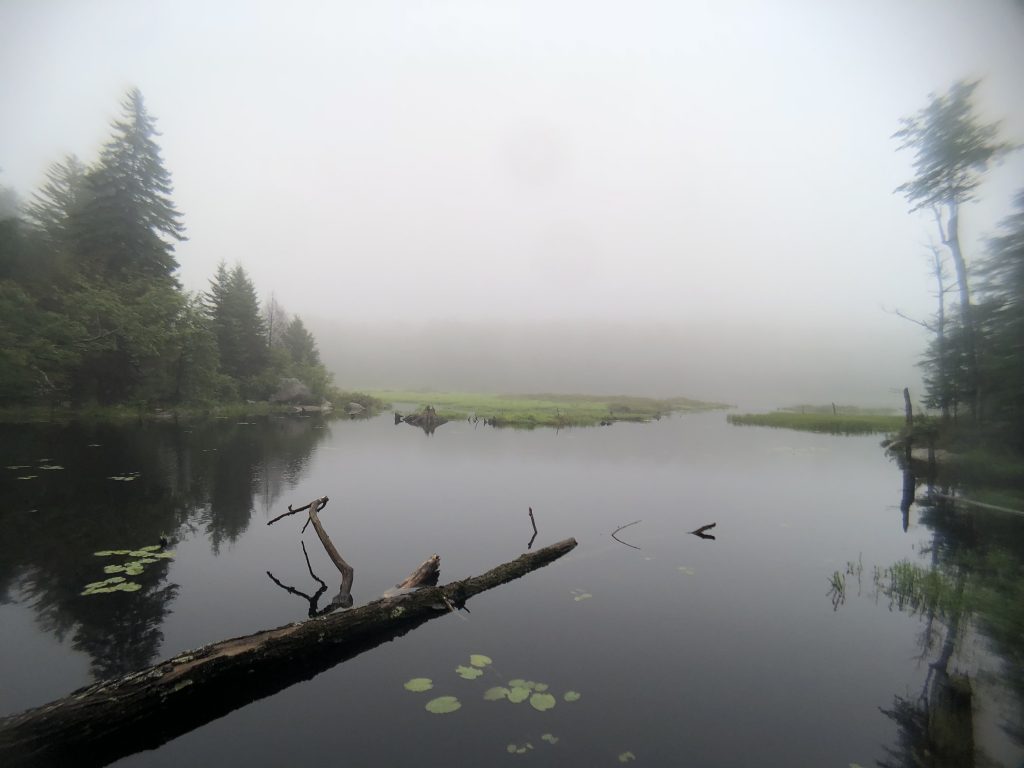
Foggy morning on Gore Pond
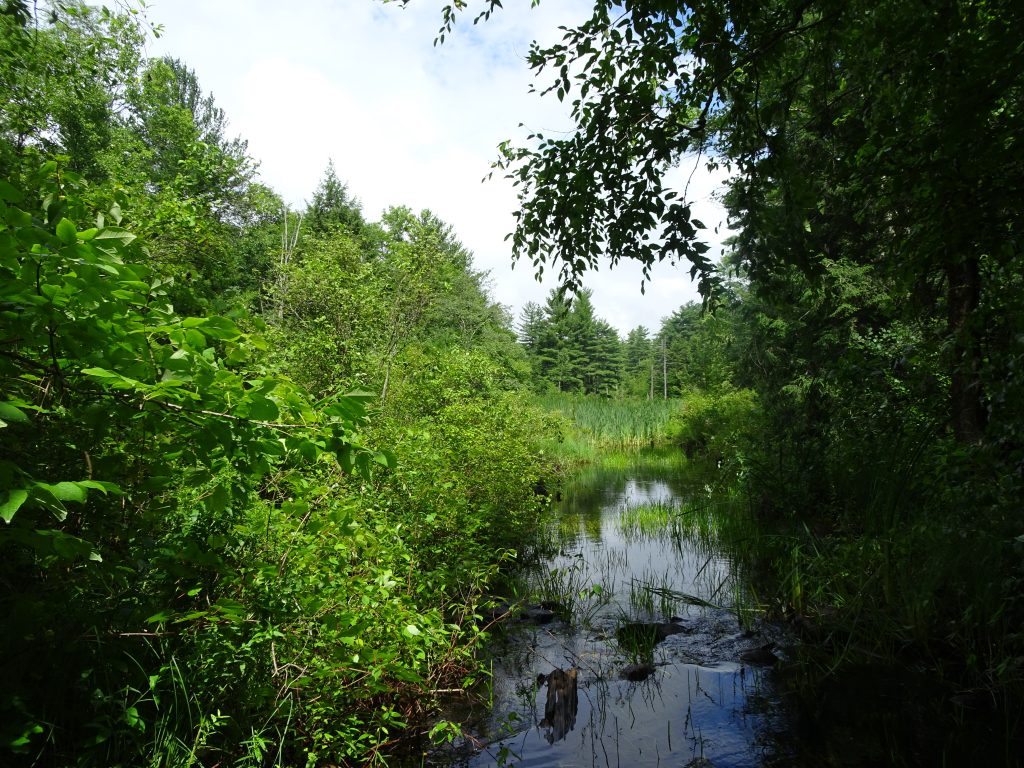
Marshland on the mountain
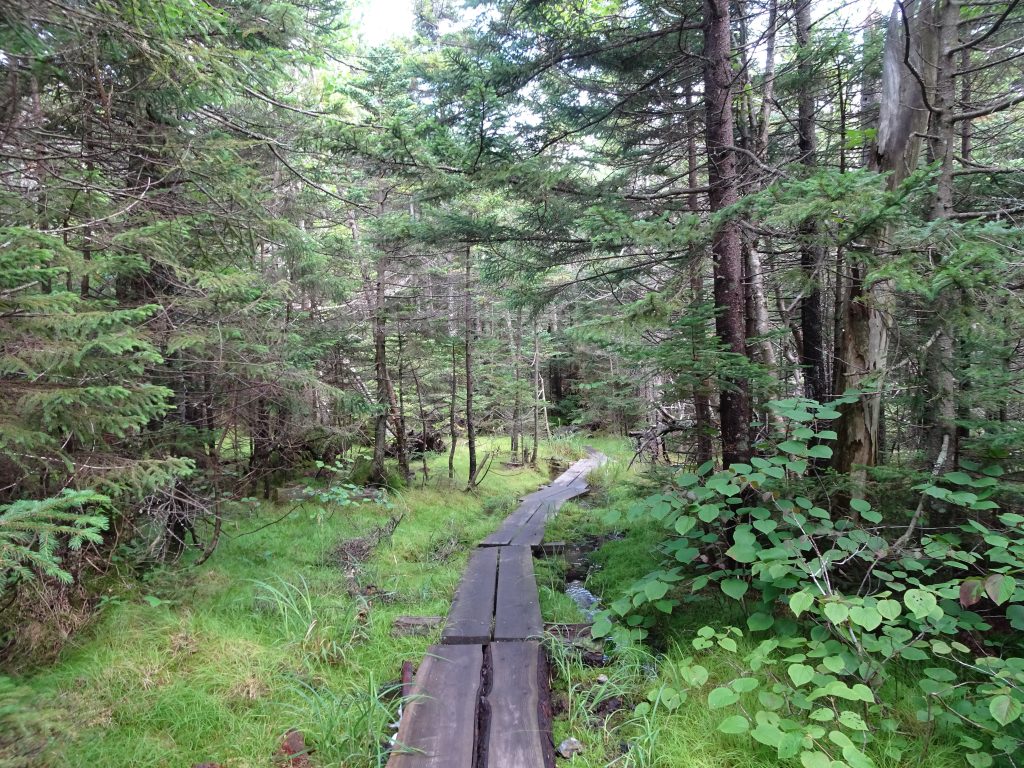
Plank bridge for negotiating the marsh
After seeing many beaver lodges and dams, I finally spotted my first beaver. This fellow was aware of my presence, but didn’t appear to find me threatening.
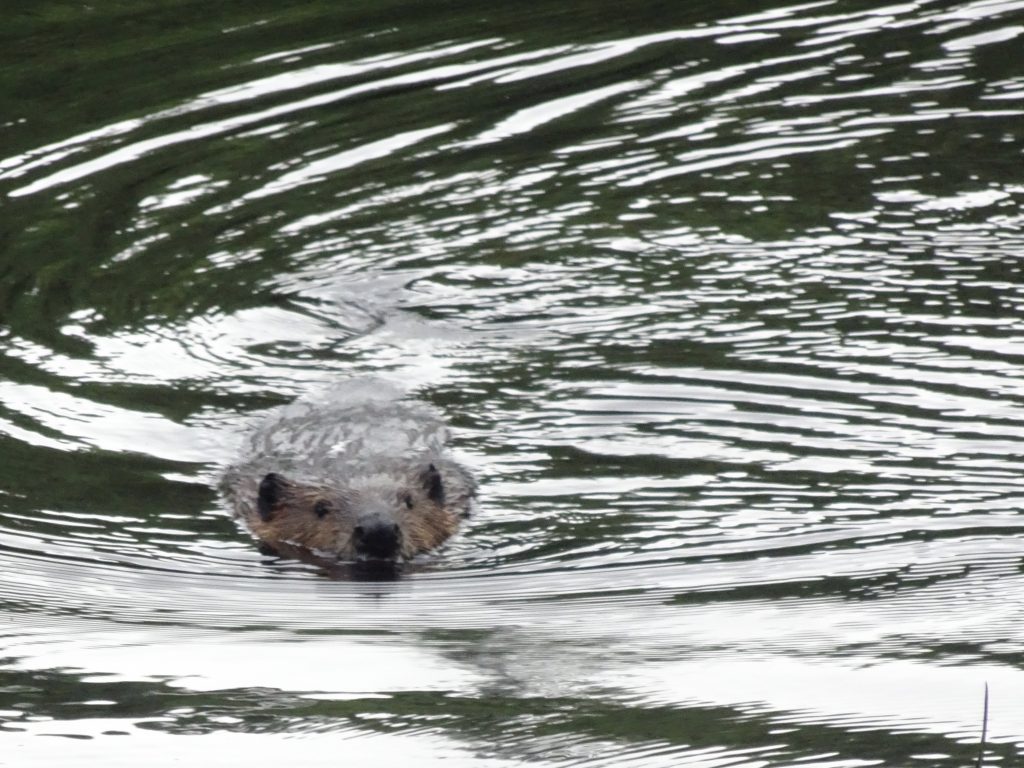
Taking a swim
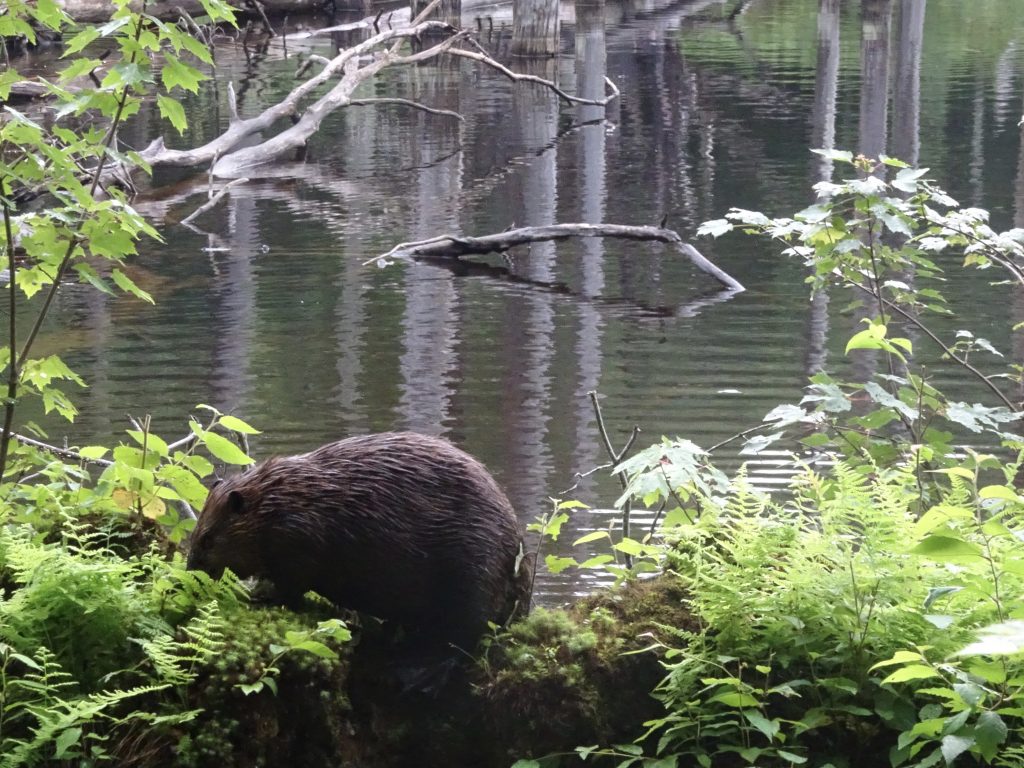
Munching on shore
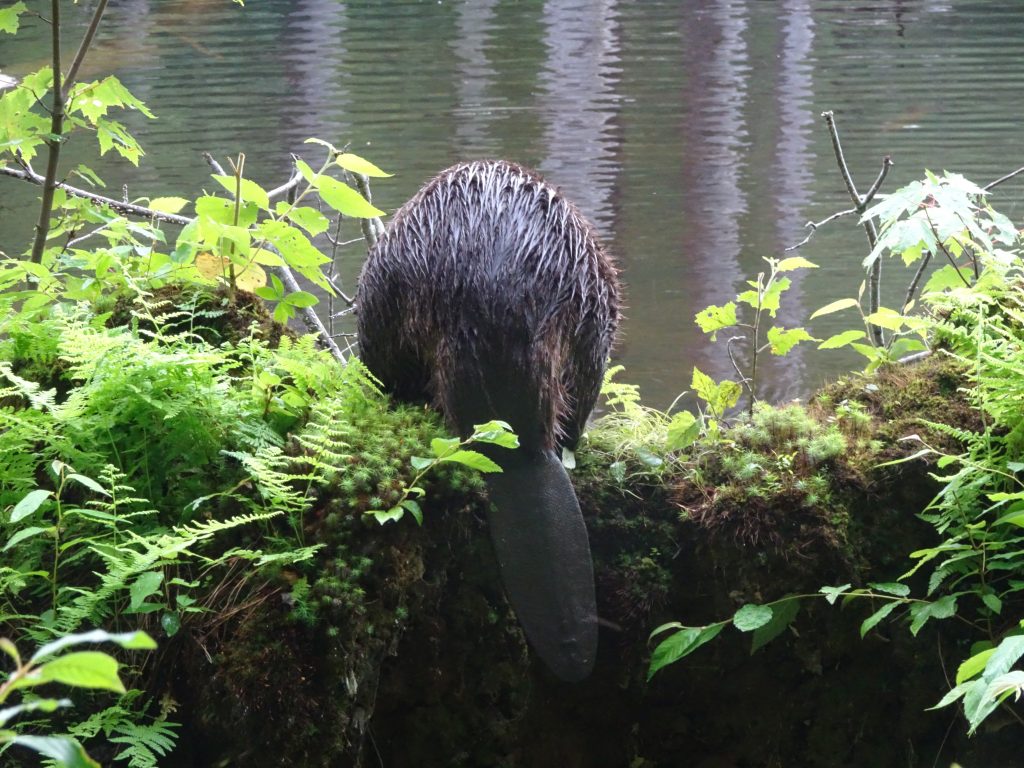
Showing me some tail
The beavers are clever dam builders. I have observed several places where they had created multilevel dams. They will construct, say, a 3-foot dam to create a lower pond, then another 3-foot dam between the lower pond and an upper pond. This ultimately raises the water level by six feet without having to build and maintain a 6-foot dam.
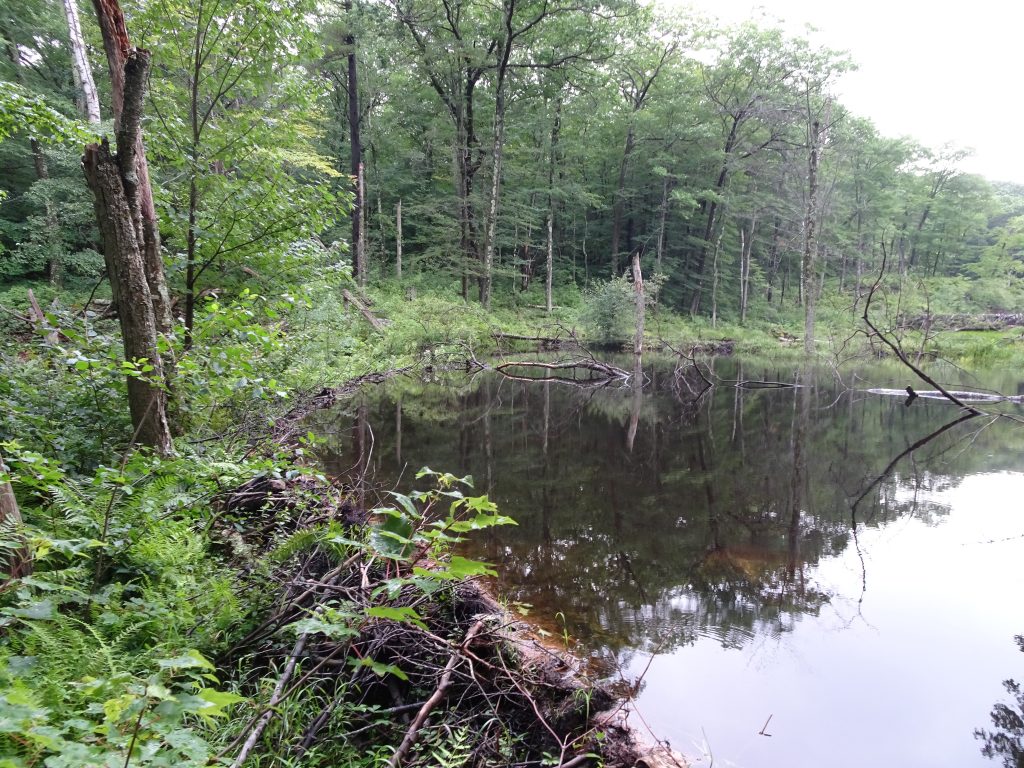
Beaver dam
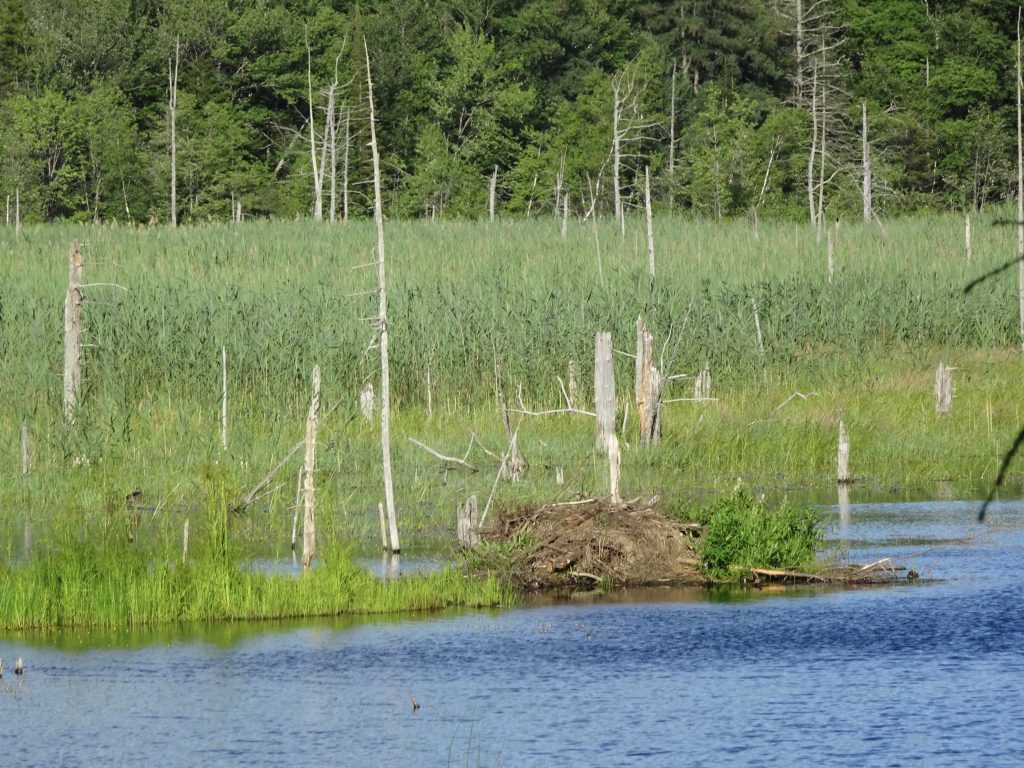
Beaver lodge
In Massachusetts, the trail passes right through the towns of Dalton, Cheshire, and North Adams. All these towns are friendly to hikers. Cheshire even has medallions in their sidewalks to mark the path of the trail.
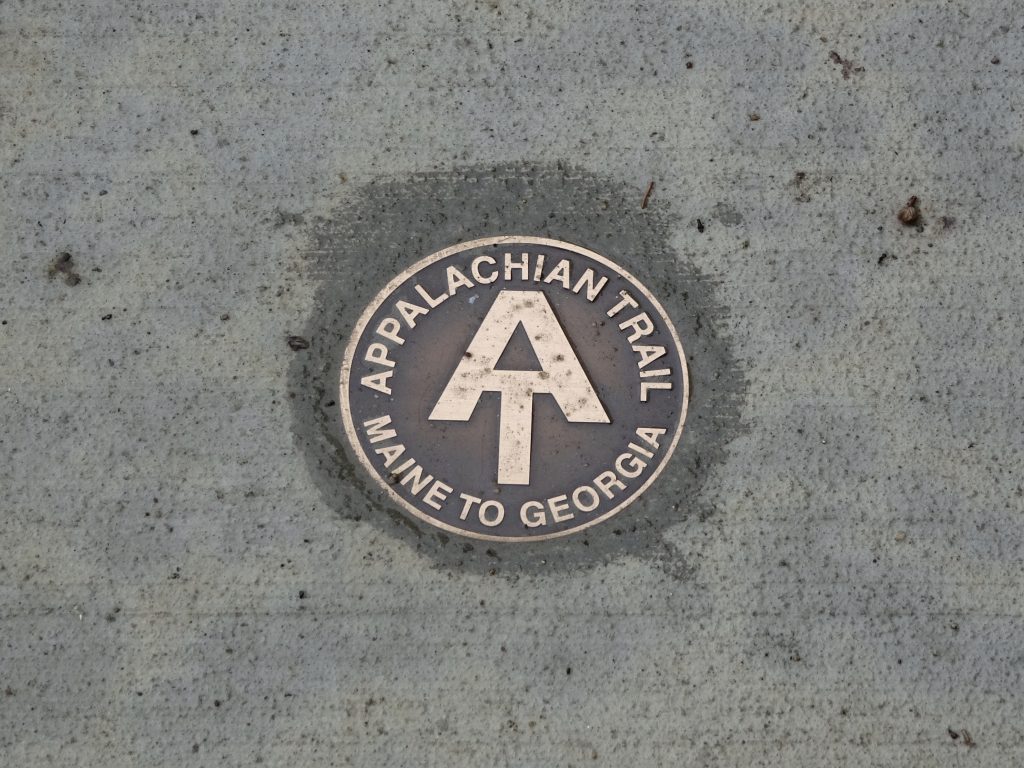
Trail markers in Cheshire
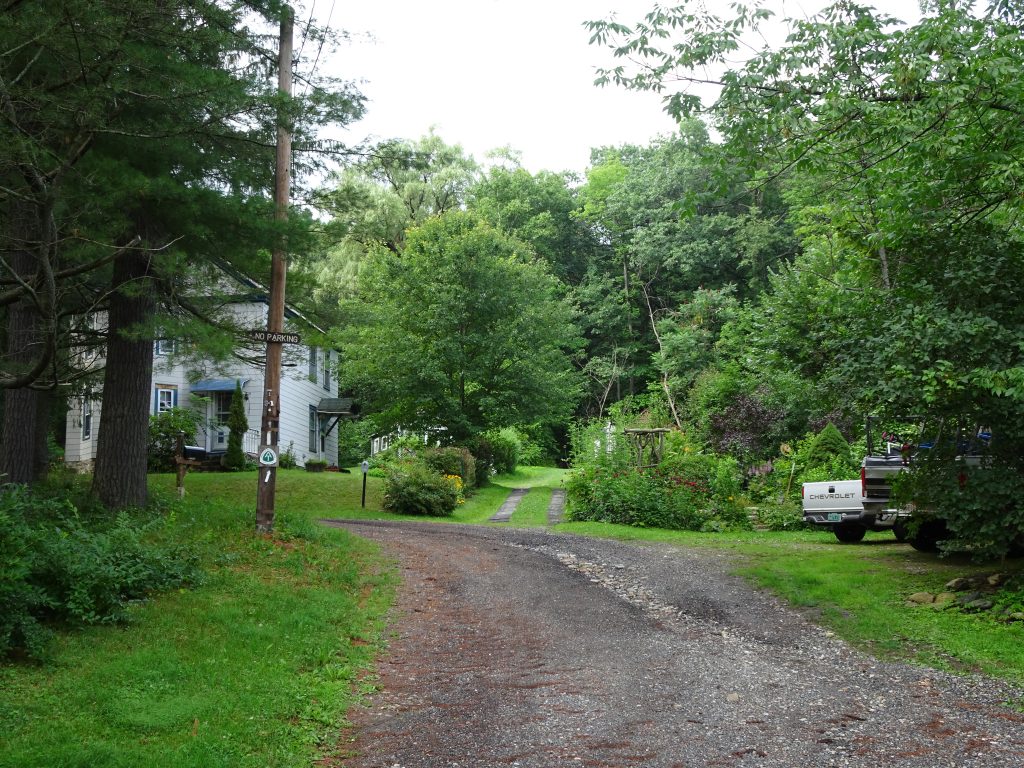
Trail passing right through people’s dooryards
Accompanied by one other hiker, I caught an Uber into Pittsfield to visit an urgent care clinic. The other guy was getting tested for Lyme Disease since he had recently been feeling down and out. I was getting checked out for an infection (no clue to the cause) in the cuticle area of my index finger. You never notice how much you use your index finger until it gets sore. When the Uber driver pulled up and saw our packs, he jumped out of his car like a jackrabbit and opened his trunk. I assumed he was going to help us stow our packs, but low and behold, he pulled out a plastic sheet and proceeded to line the back seat, mumbling something like, “The last time I gave a ride to hikers, it took a week to get rid of the smell.” Really, I didn’t think I smelled THAT bad! I now know what it feels like to be the victim of discrimination.

Finger troubles
The doctor at the urgent care was really good. She drained my finger, prescribed an antibiotic, and ordered a lab culture to make sure I didn’t have some rare flesh-eating bacteria. Thanks to the miracle of antibiotics, my finger is fine now, although the following day, I did have practice some trail medicine and drain it a second time.
As in many of the other states, the AT crosses the highest peak in the state. Mount Greylock, at 3489 feet, is the highest elevation I have seen since Virginia and is a sign that the mountains are getting taller again. The mountaintop is the home of the Veterans War Memorial Tower.
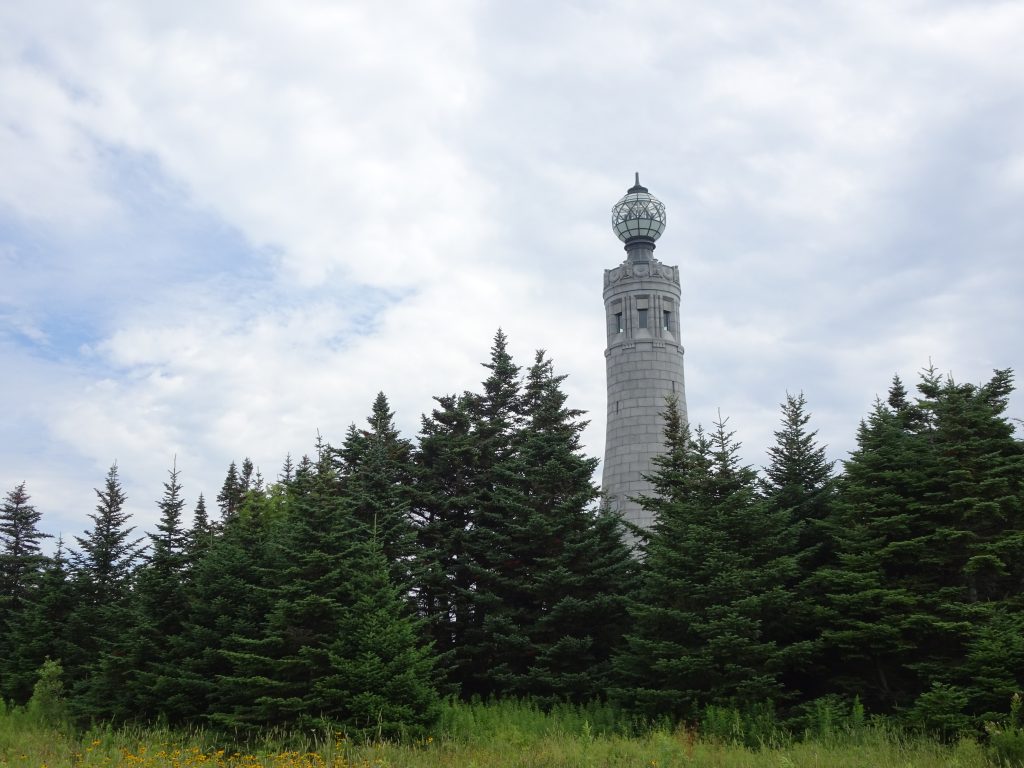
Veterans War Memorial Tower
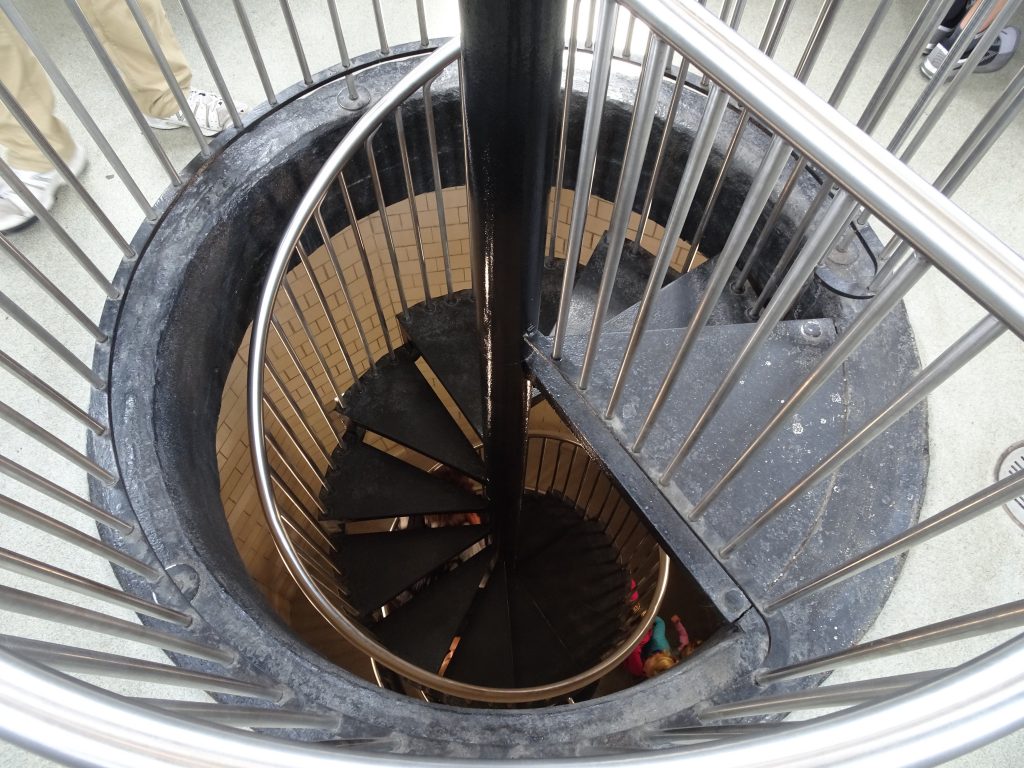
Ninety spiral steps to the top – No sweat
Also on top of the mountain is the historic Bascom Lodge, built in 1932. I had hoped to stay in the lodge’s bunkhouse and get to see the sunrise from the mountaintop, but my trip to the doctor messed up my timing. I did reach the lodge in time to enjoy a hearty breakfast, so all was not lost.
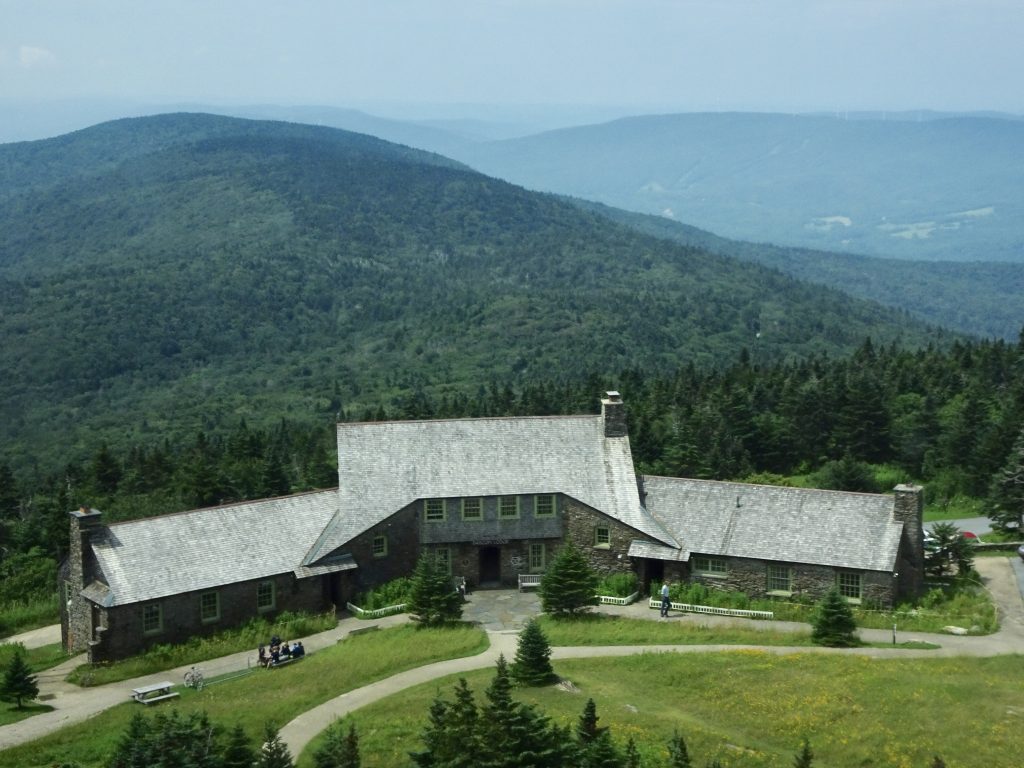
Bascom Lodge
On the trail, I am constantly impressed with the diversity of the plant life. Charles Darwin observed that diverse collections of organisms living within niches are naturally more successful than any single species alone. One reason for this is that a single dominant species tends to exhaust the resources upon which it depends. The other reason is that those scrappy little organisms living in niches are better able to adapt to change. All I can say is that biodiversity makes for a much more interesting world.
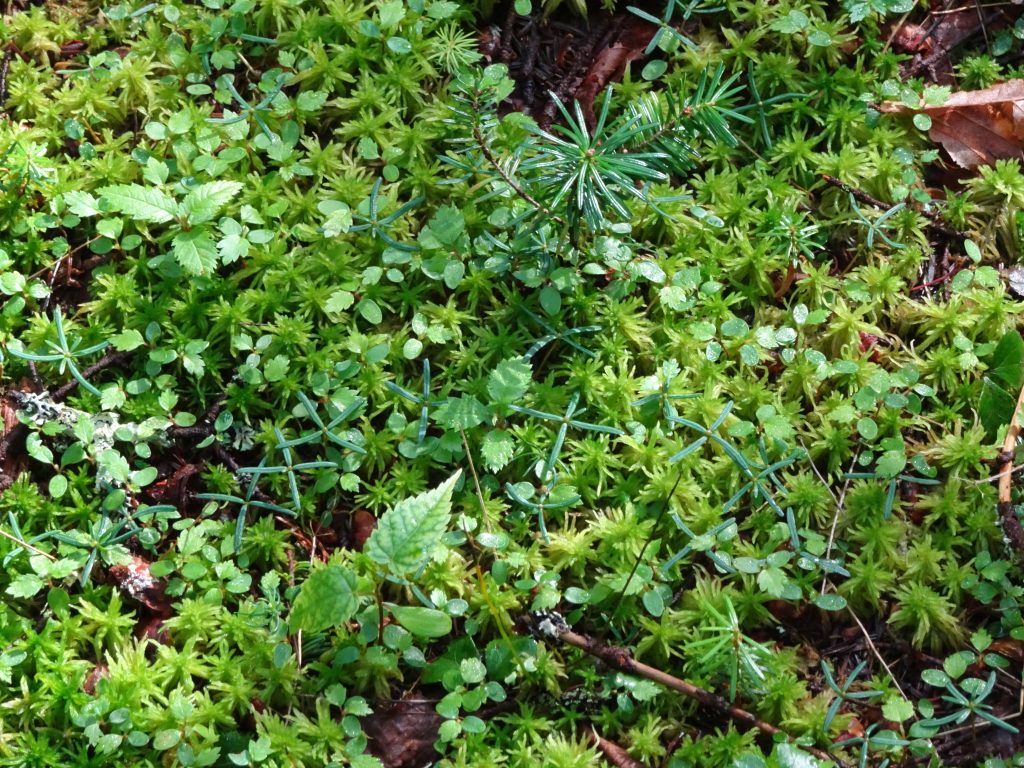
Plants on top of plants
Along the trail, one can see places where invasive species have caused nature’s balance to go awry. One example is the Japanese Barberry shrub which grows in places along the trail, forming dense thickets and crowding out ferns and other native plants. Another example is the Hemlock woolly adelgid, a type of aphid from East Asia, which threatens the hemlock population. In the southern states, it was common to see the telltale white egg sacs from this pest on the hemlock needles. Other than waiting a few million years for nature to restore a new balance, I doubt there is a good remedy for these invasions.
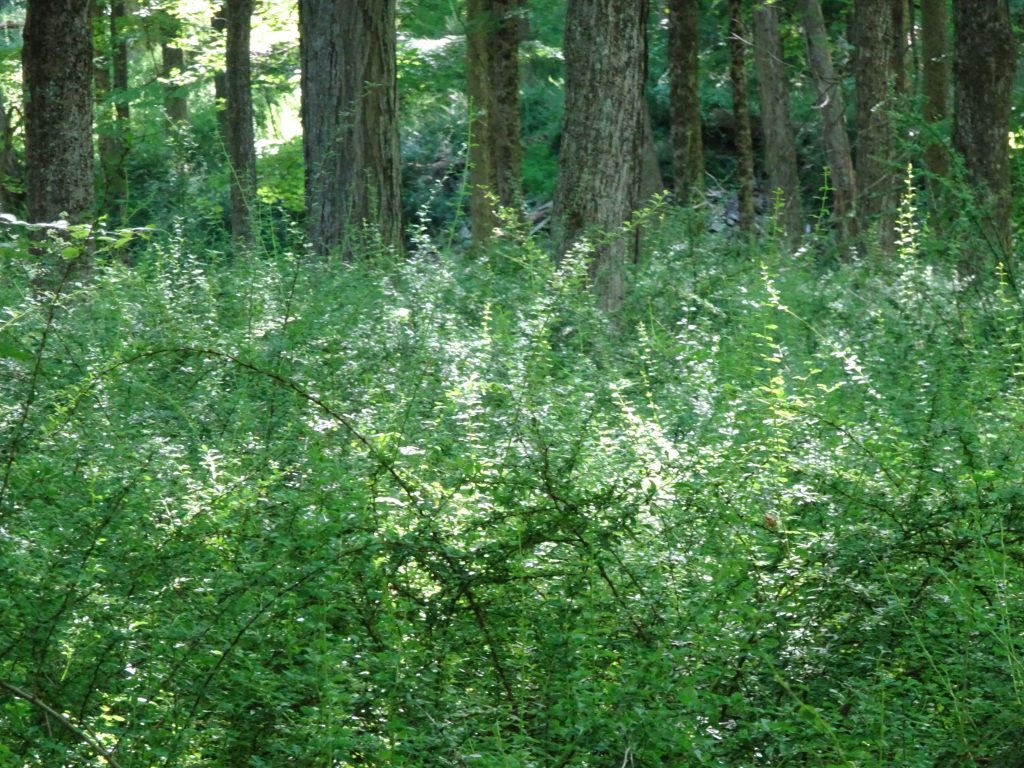
Grove of Japanese Barberry taking over the understory
I am a great admirer of Charles Darwin and am currently reading the Voyage of the Beagle while on the trail. Some of my favorite Charles Darwin quotes:
- “A man who dares to waste one hour of time has not discovered the value of life.”
- “The love for all living creatures is the most noble attribute of man.”
- “An American monkey, after getting drunk on brandy, with would never touch it again, and thus is much wiser than most men.”
This is a Savannah Sparrow. It looks a lot like an ordinary Song Sparrow but can be distinguished by the yellow in the eyebrow stripe.
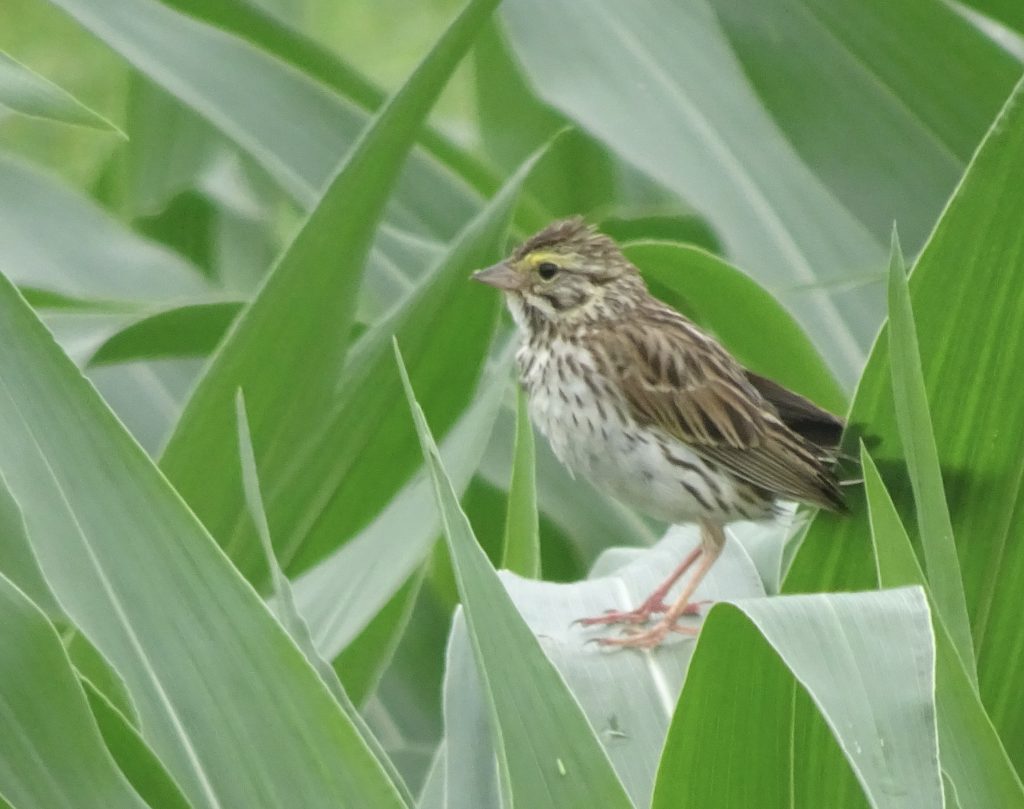
Savannah Sparrow
This is a picture of an adult Red-spotted Newt, taken in shallow water. The adults are olive green but still have the characteristic red spots. Relying on lungs to breath, they periodically come to the surface for a gulp of air.
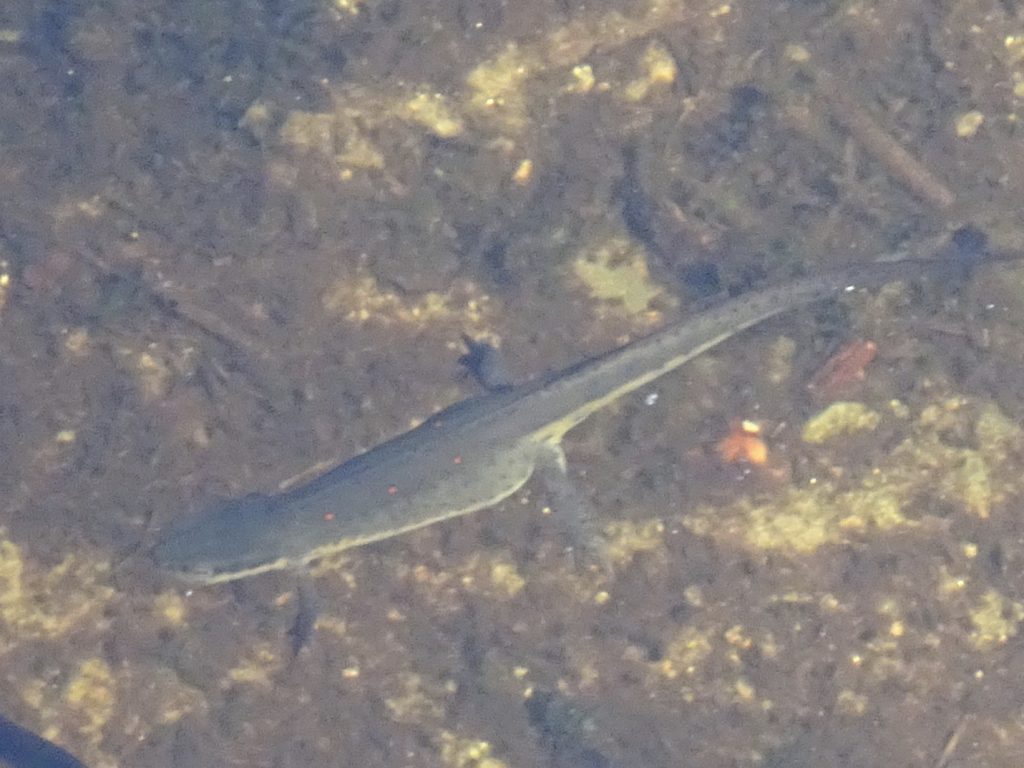
Adult Red-spotted Newt
Other flora and fauna…
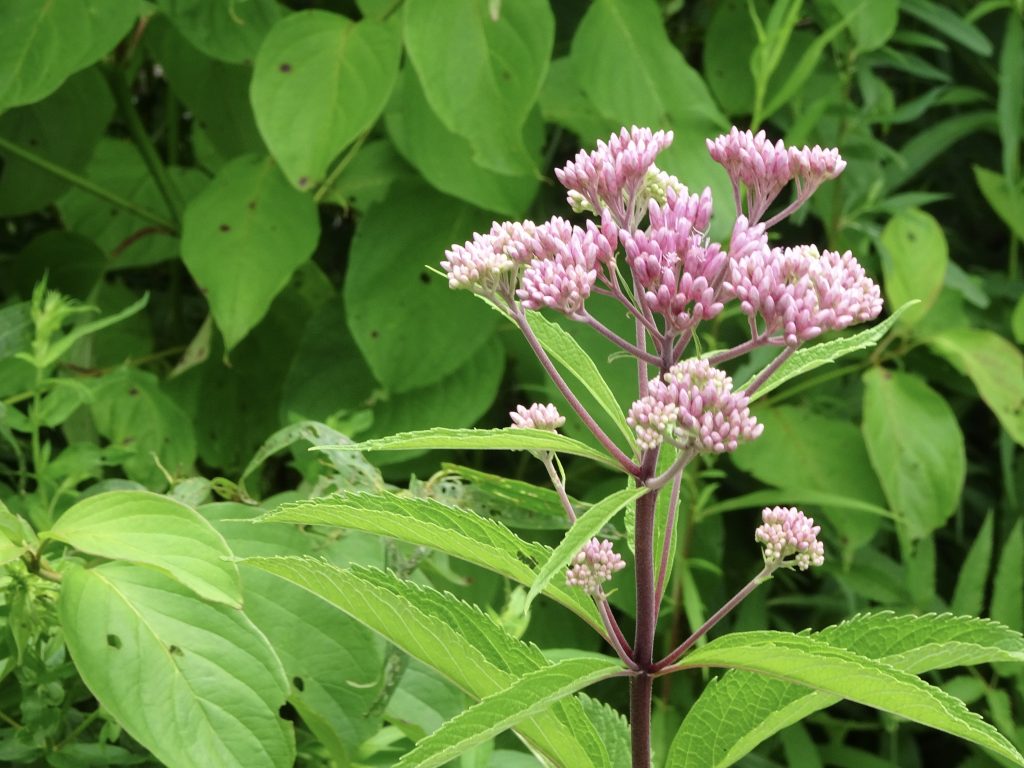
Eupatorium
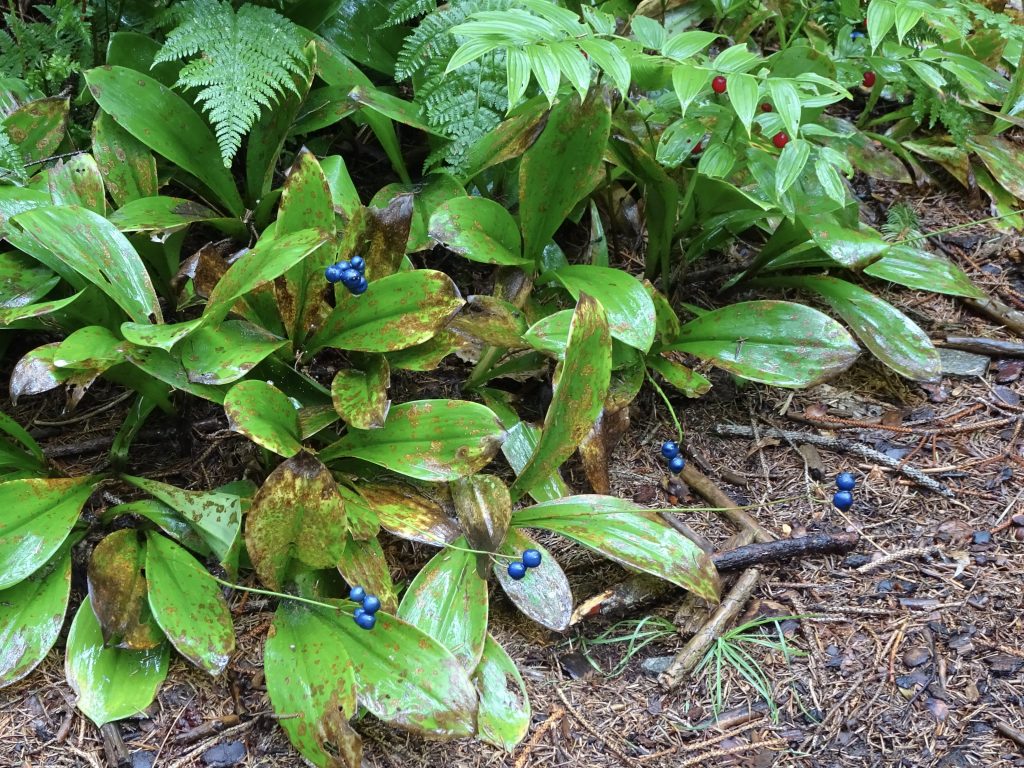
Blue-bead Lily
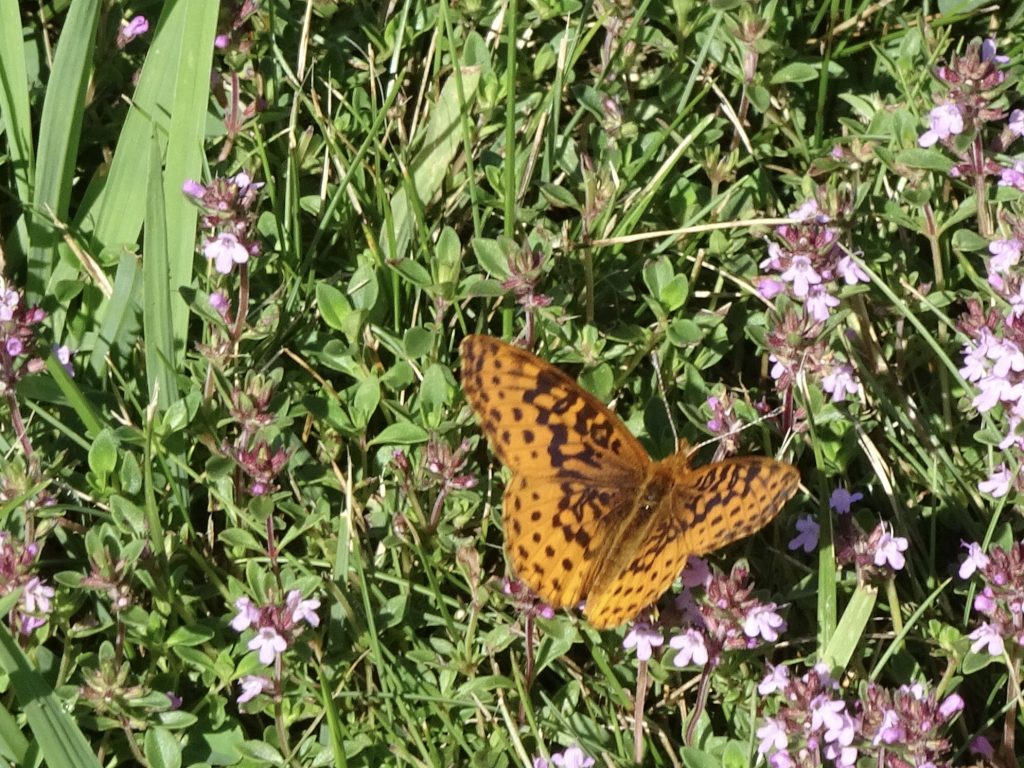
Meadow Fritillary
If you’d like to receive an email when a new post is up on the blog, click the email icon on the bottom of the page to subscribe. Thanks for following!
